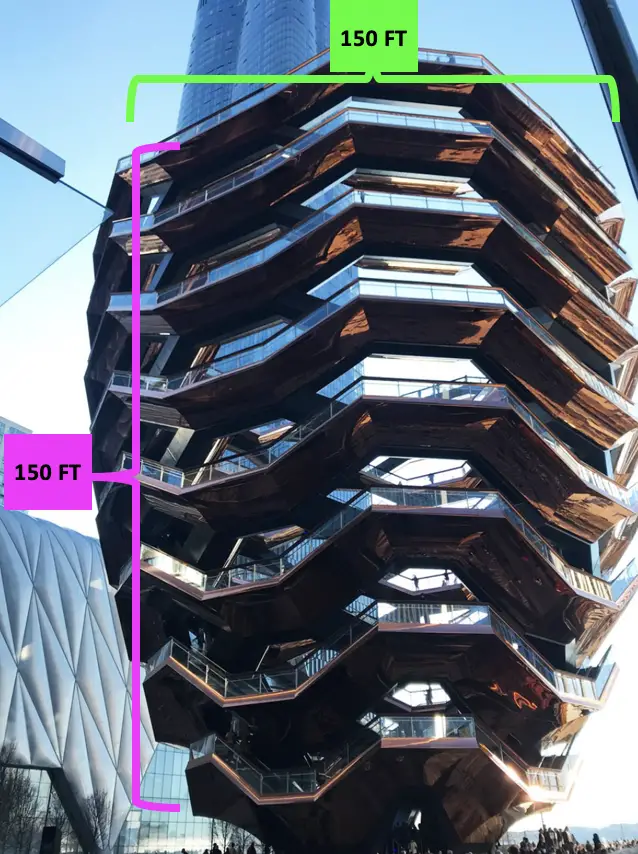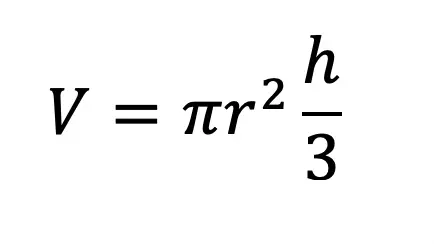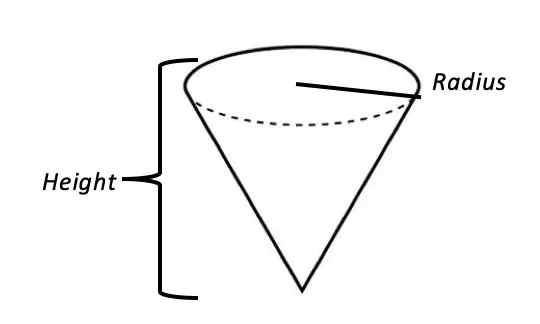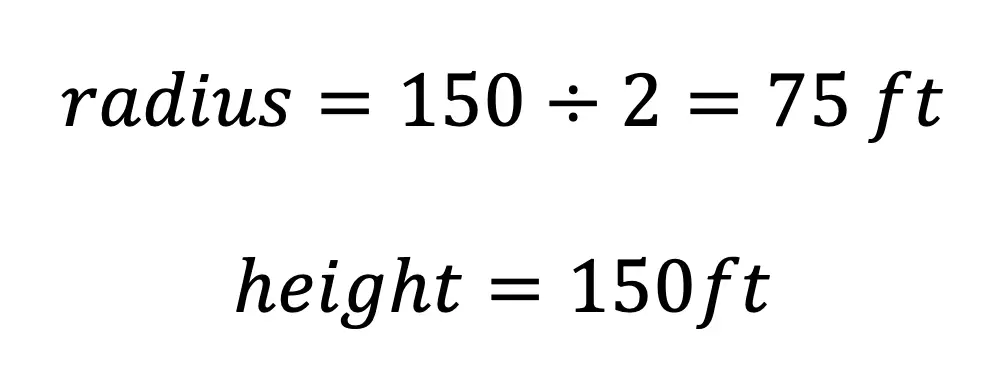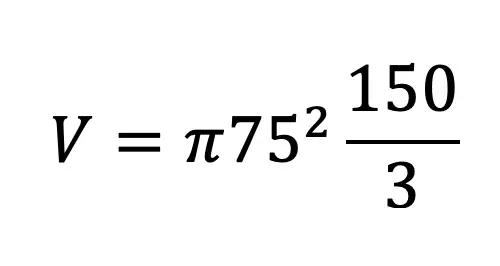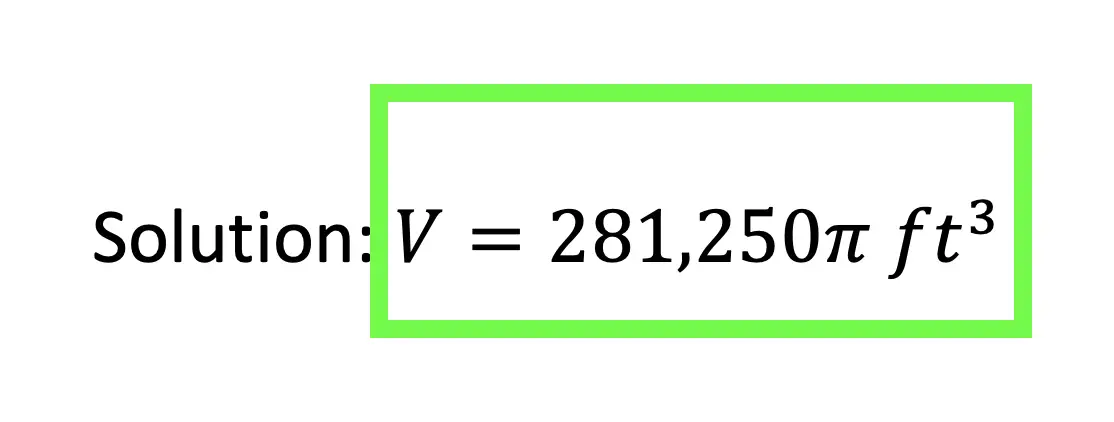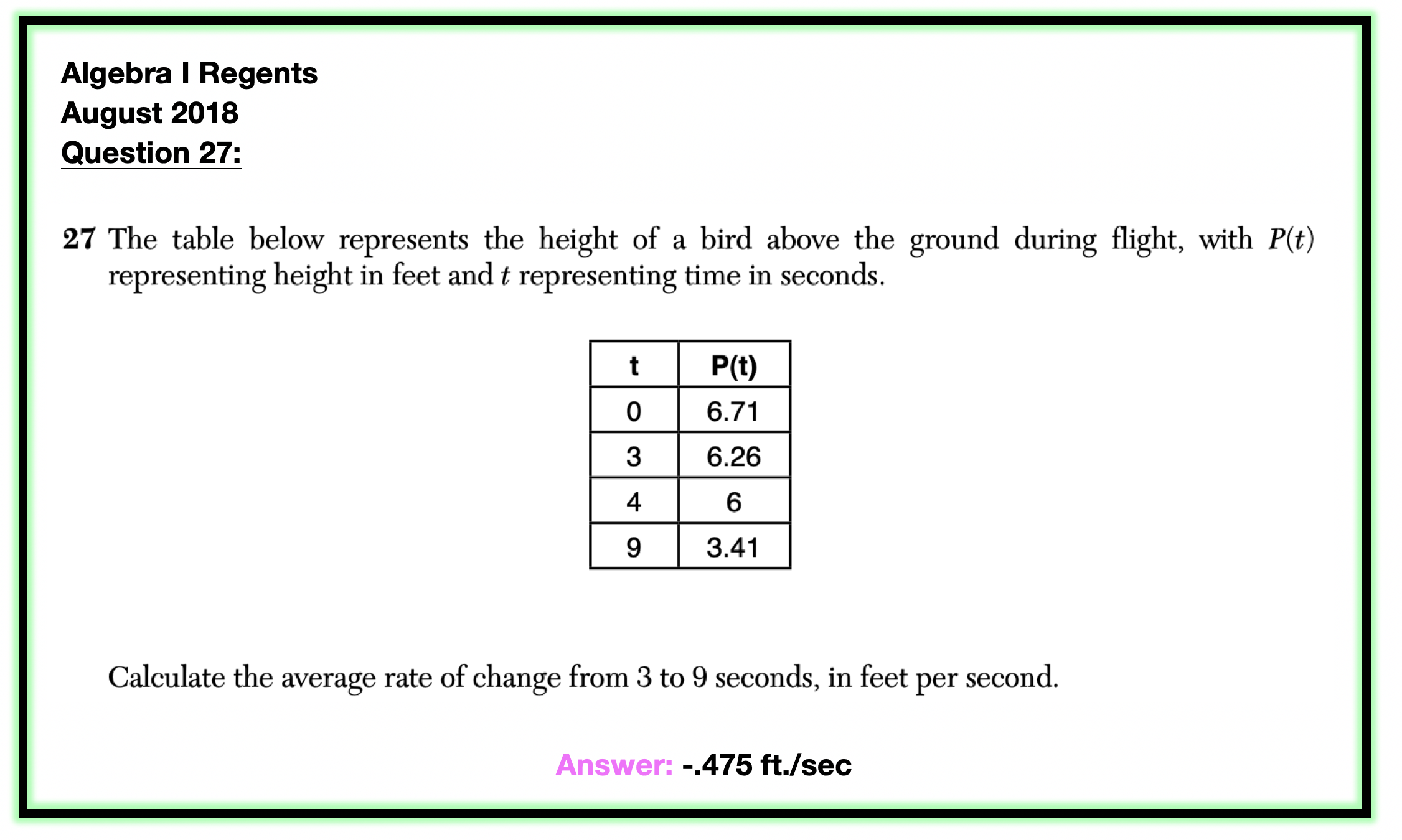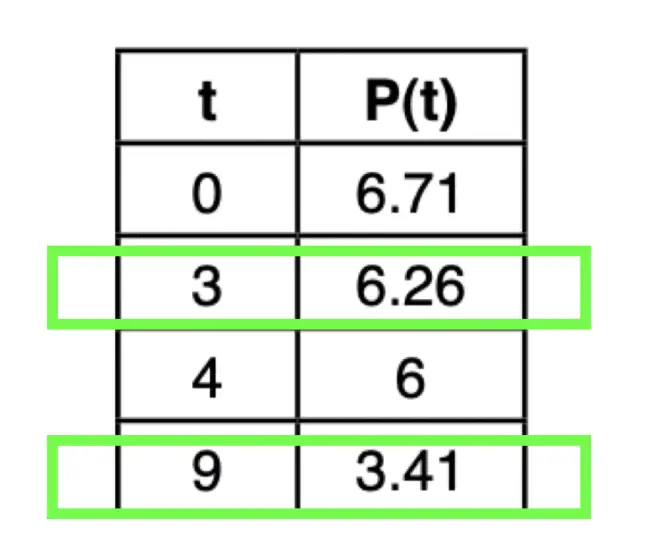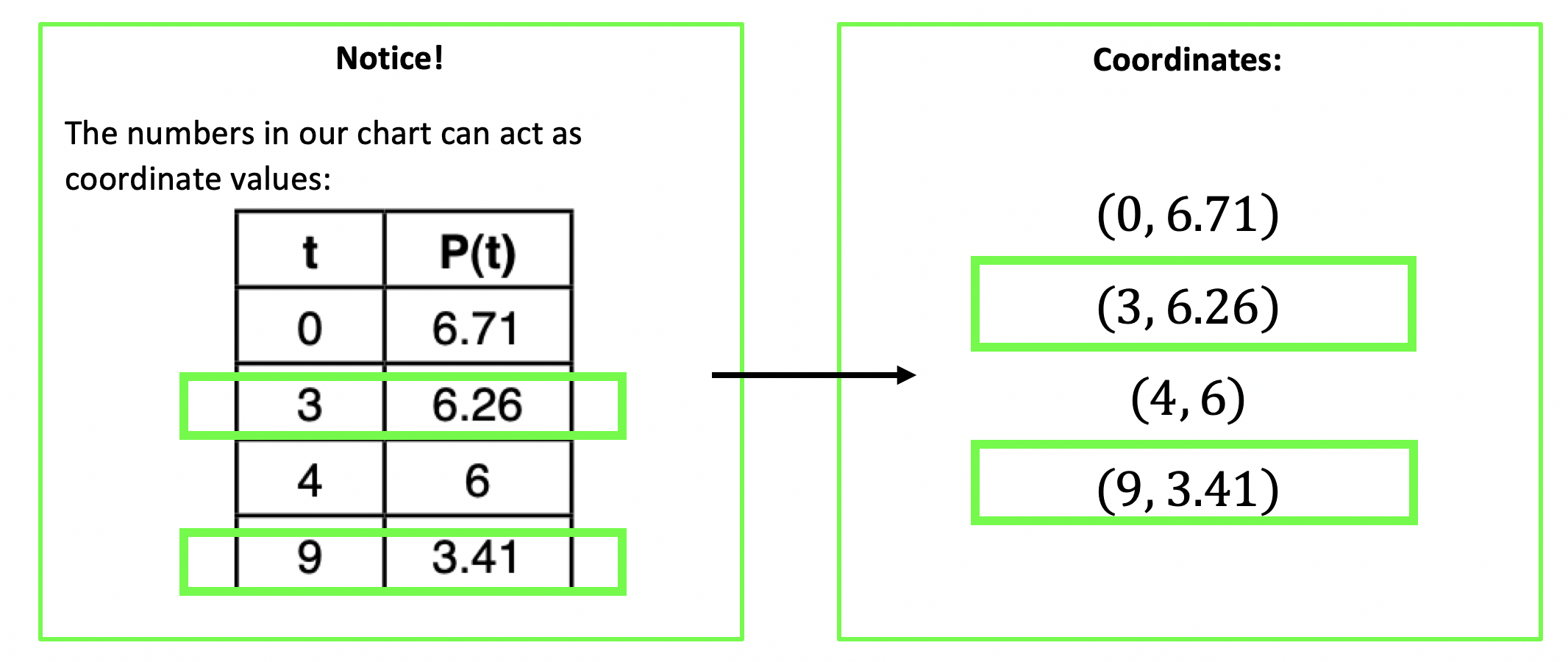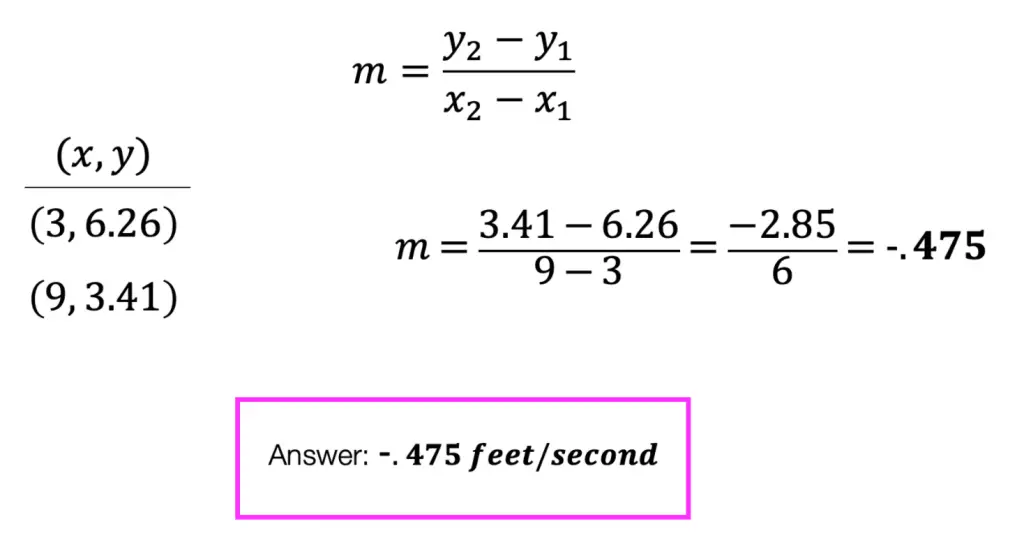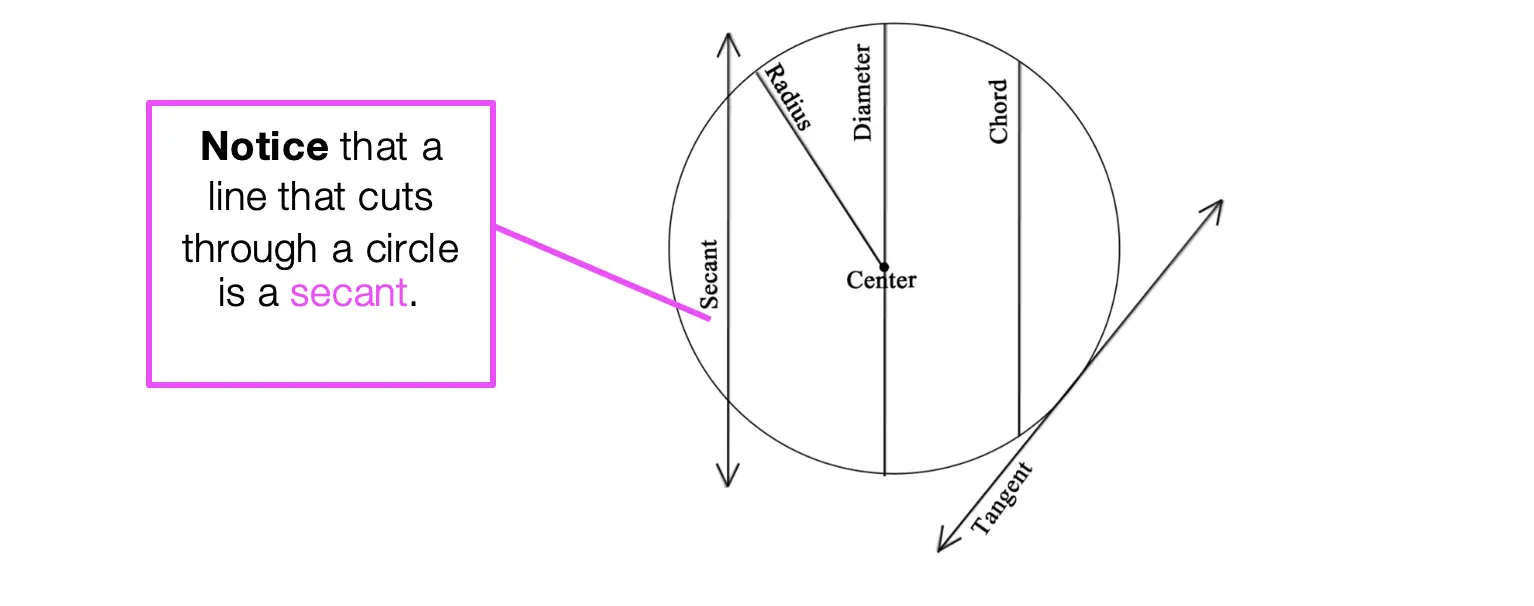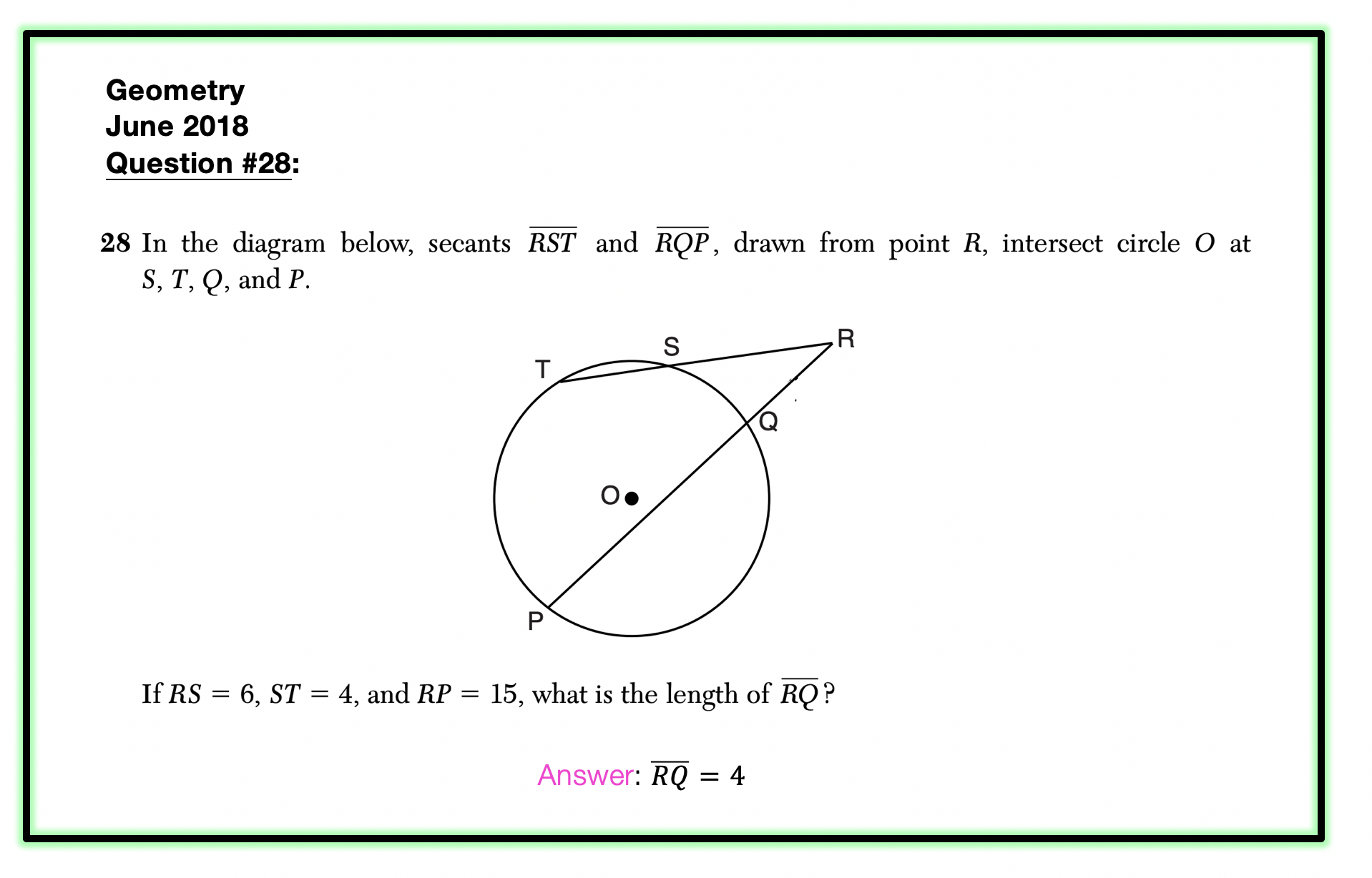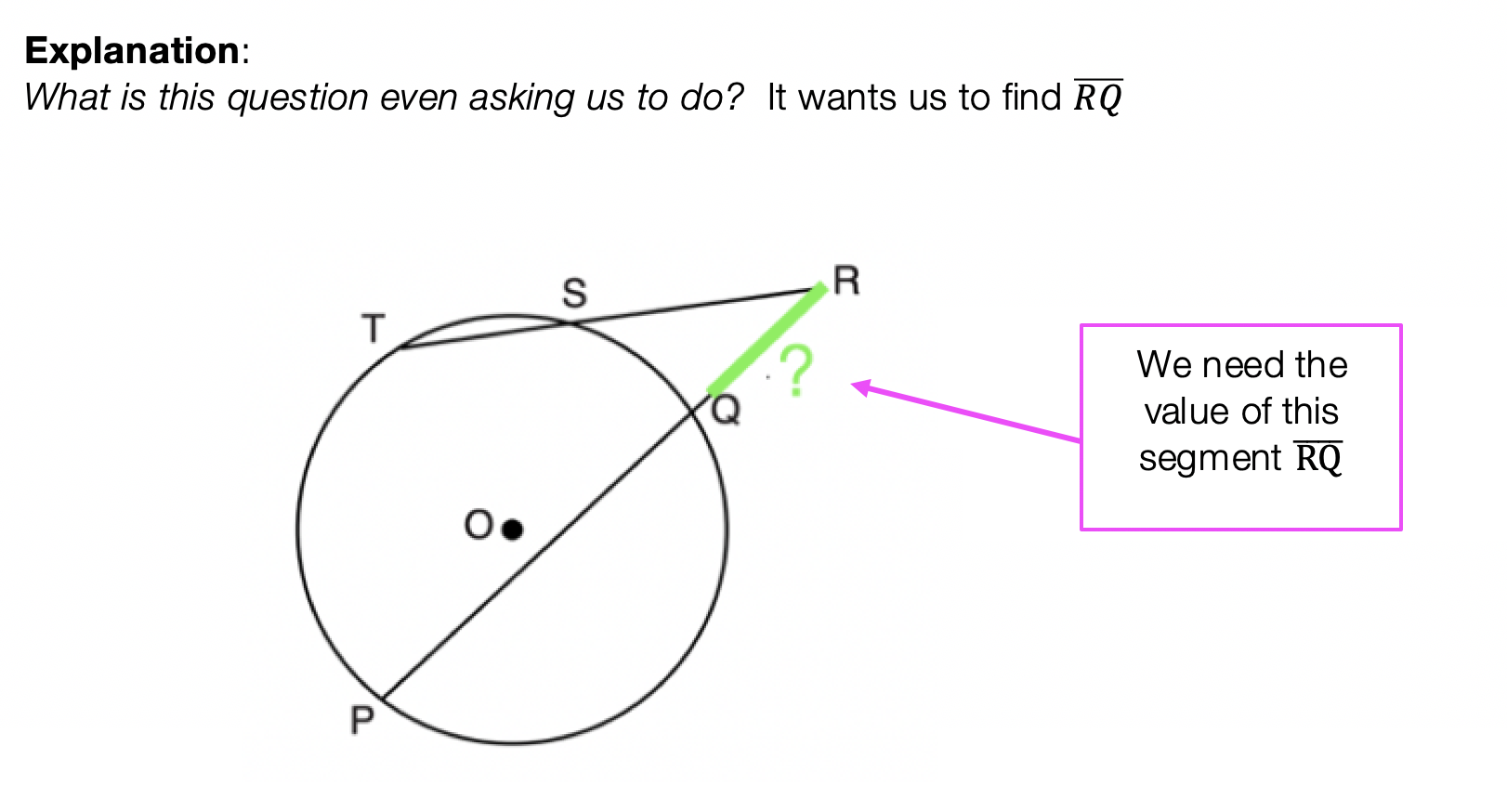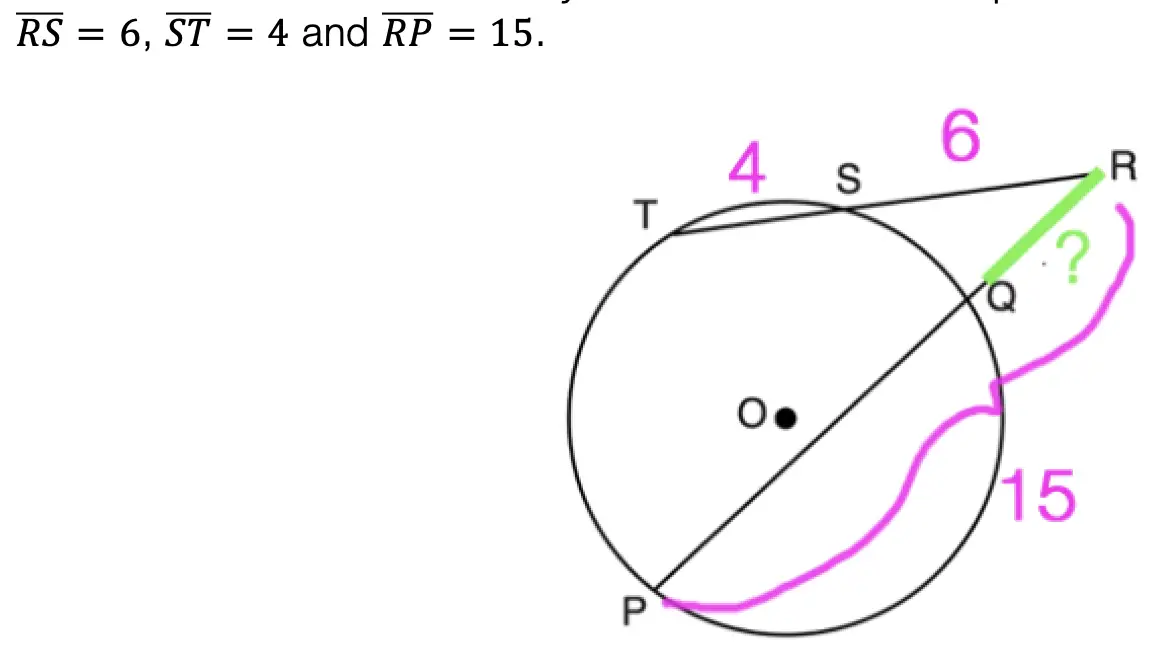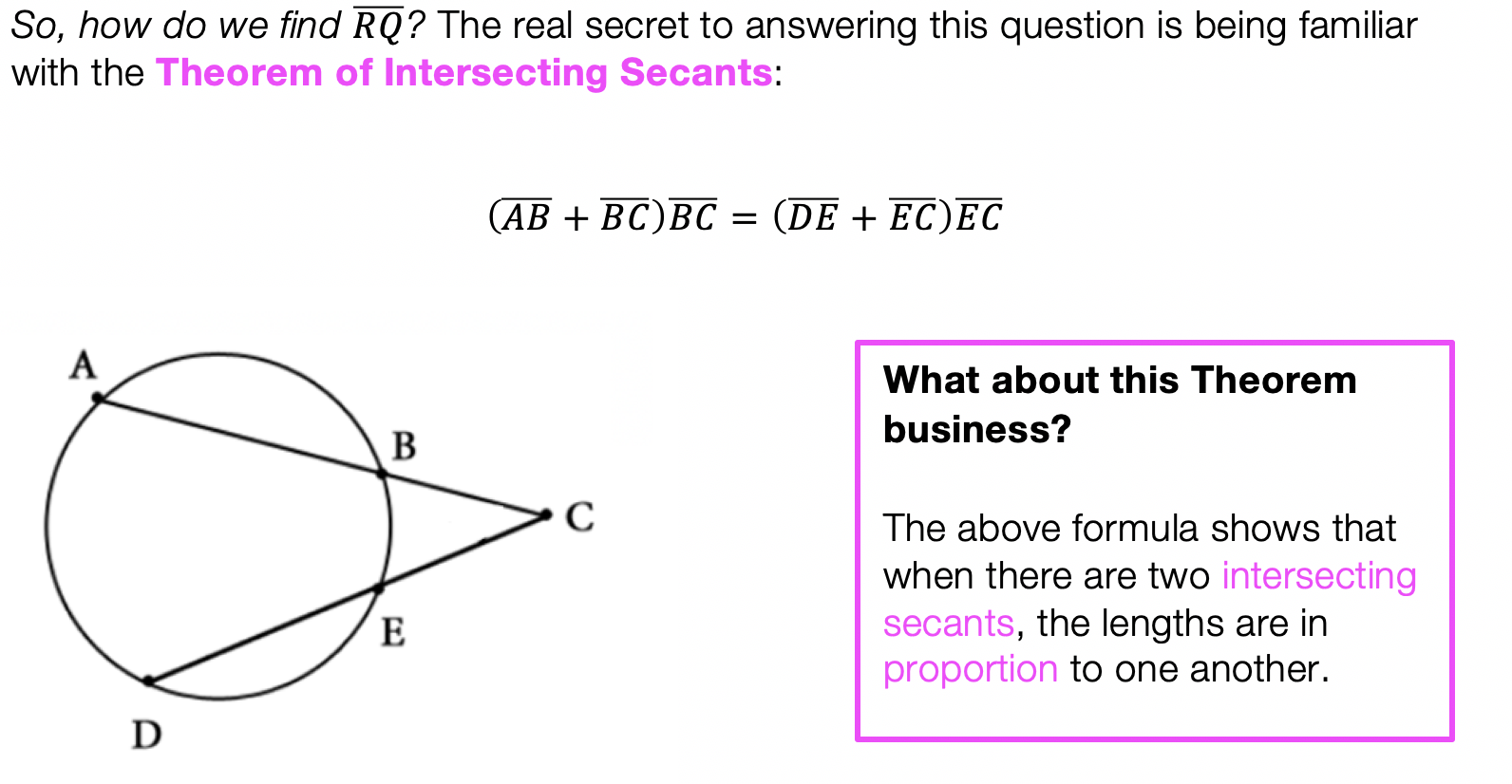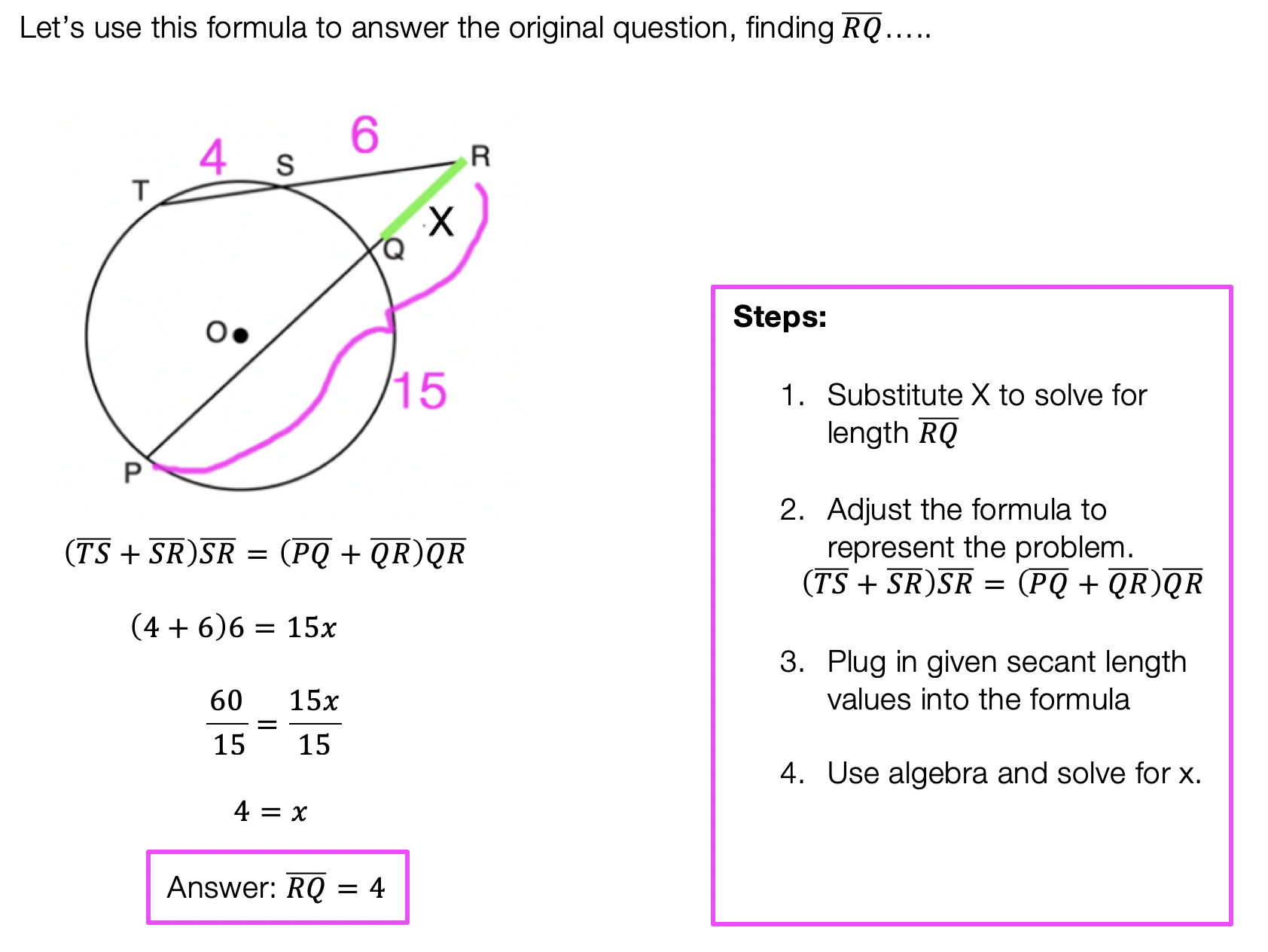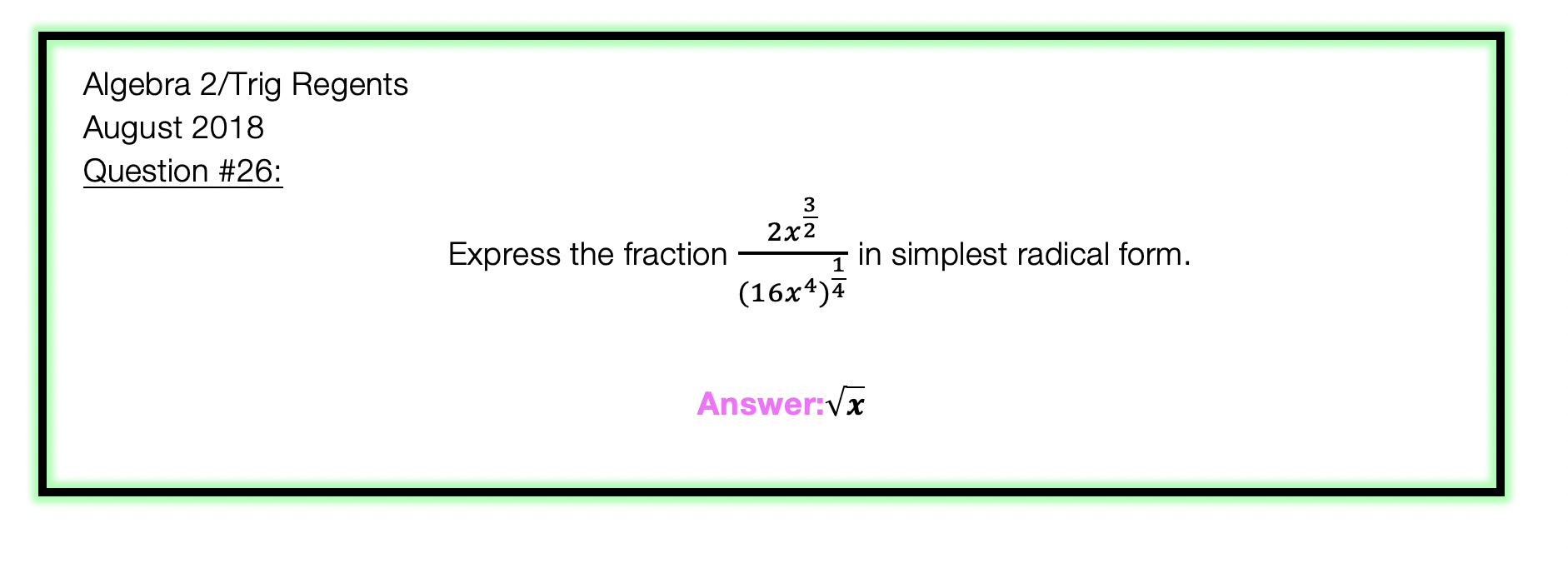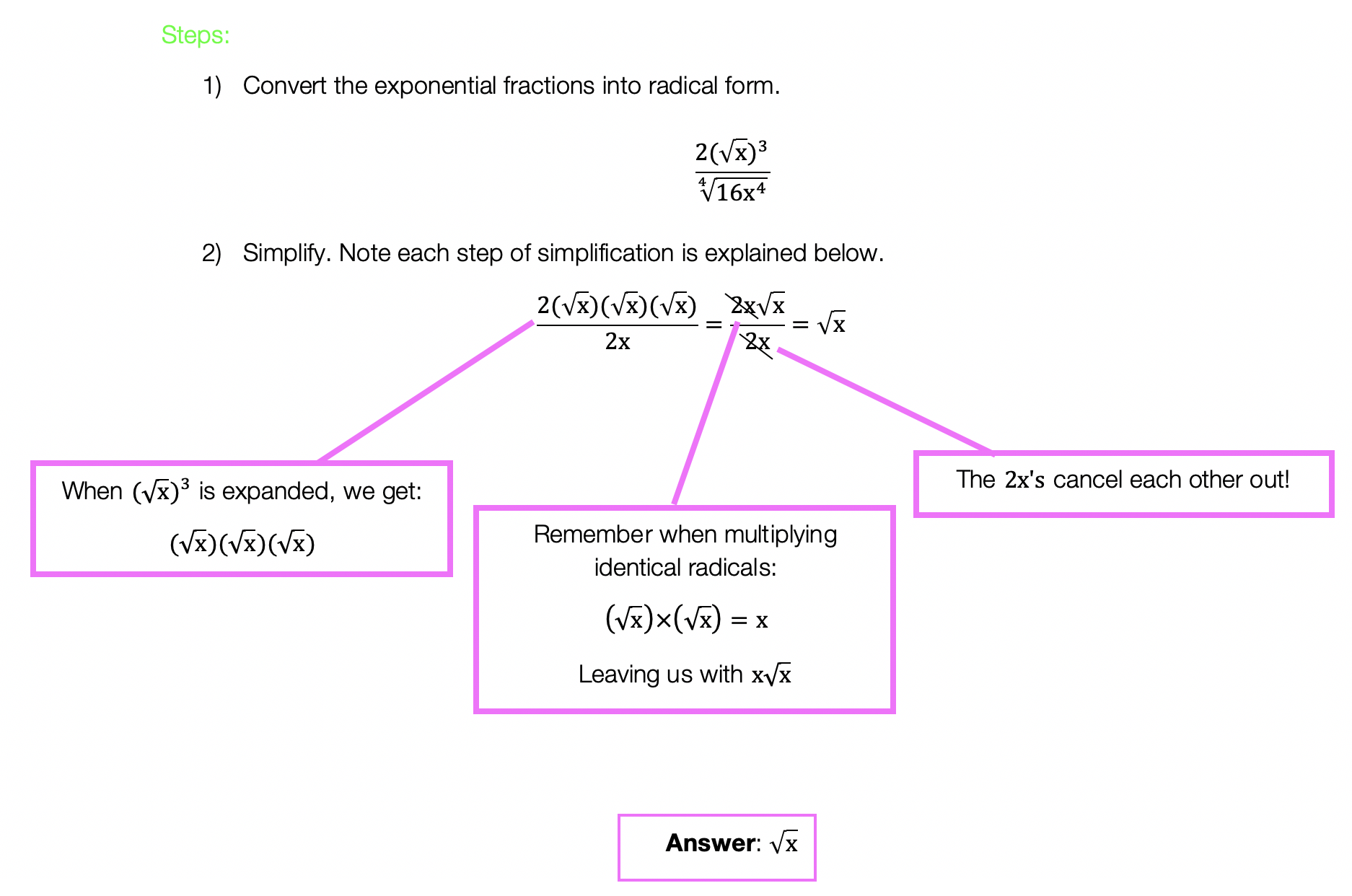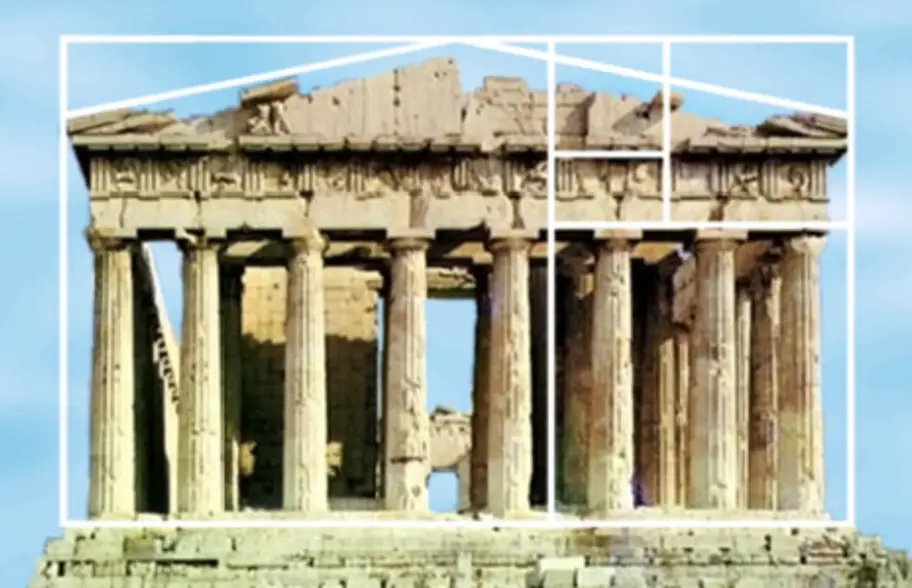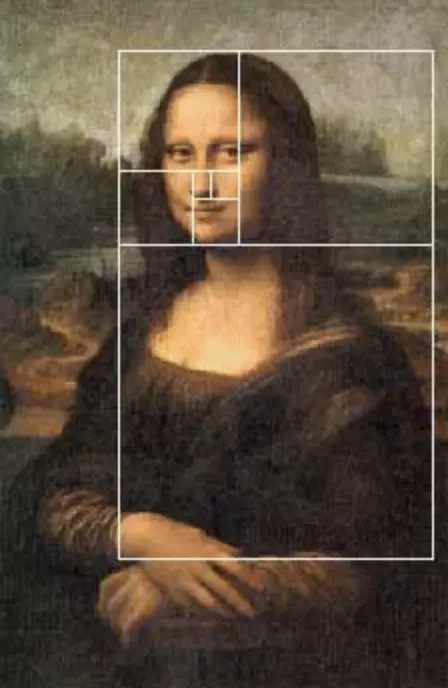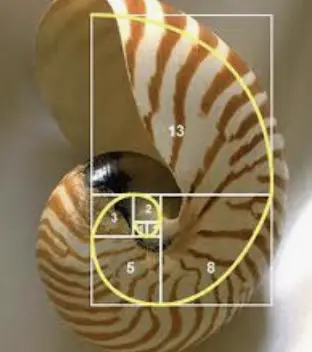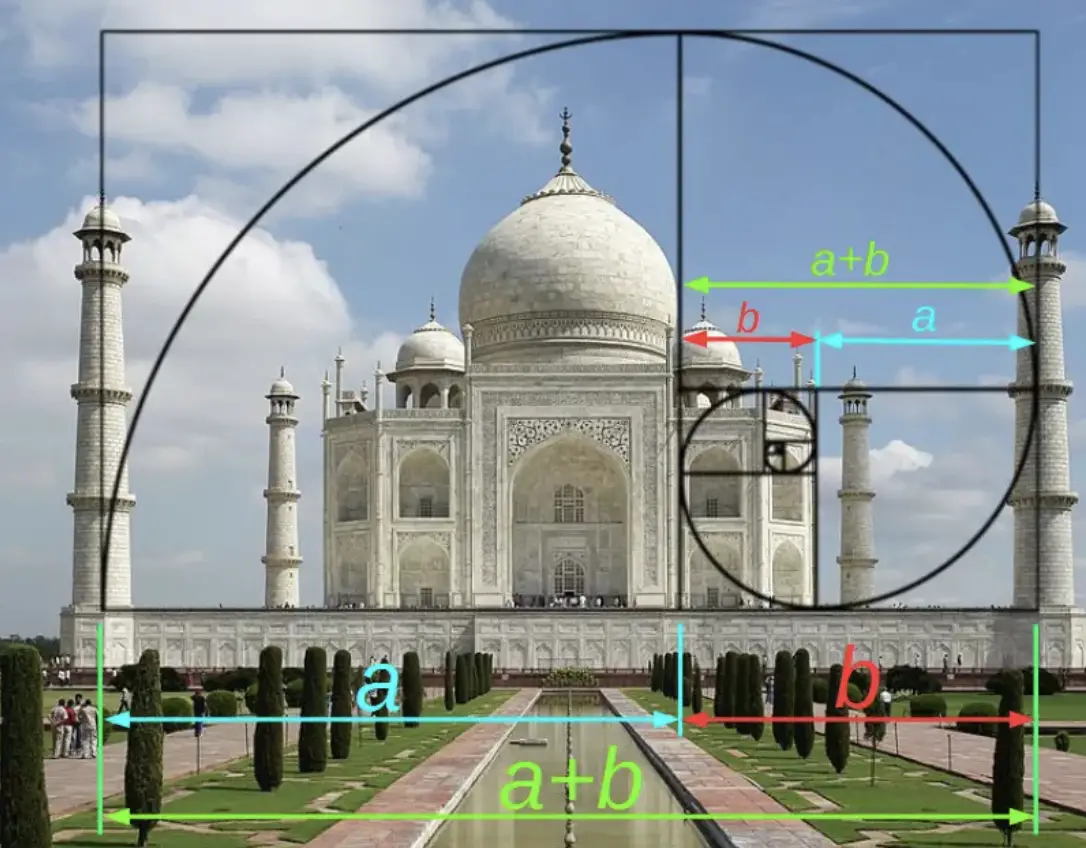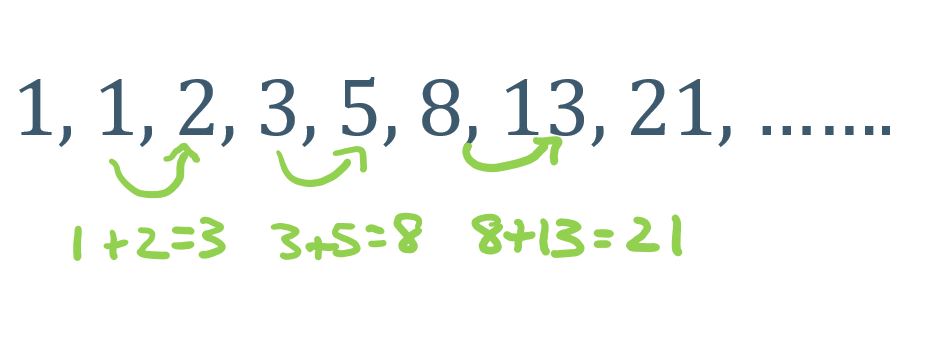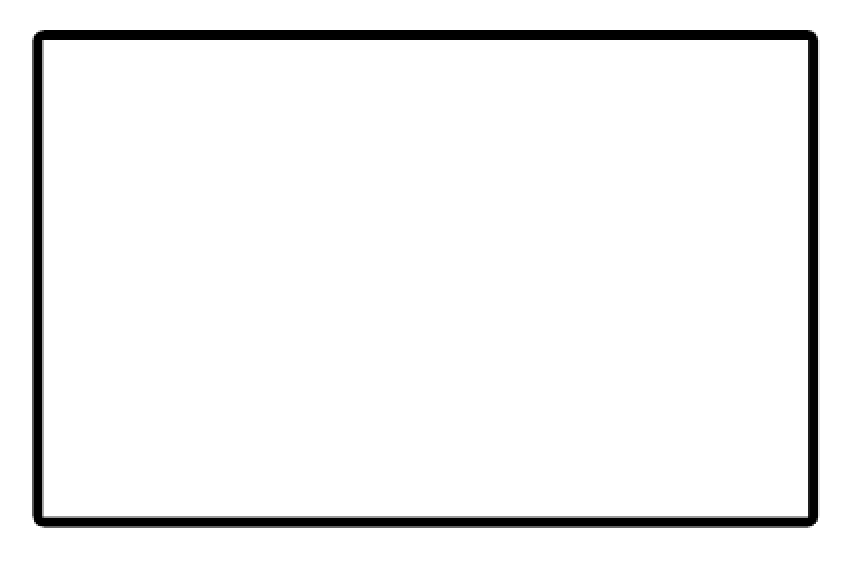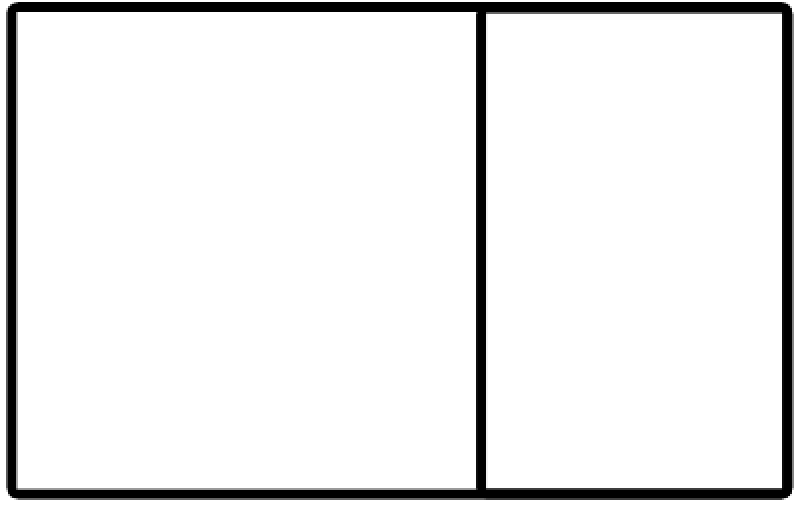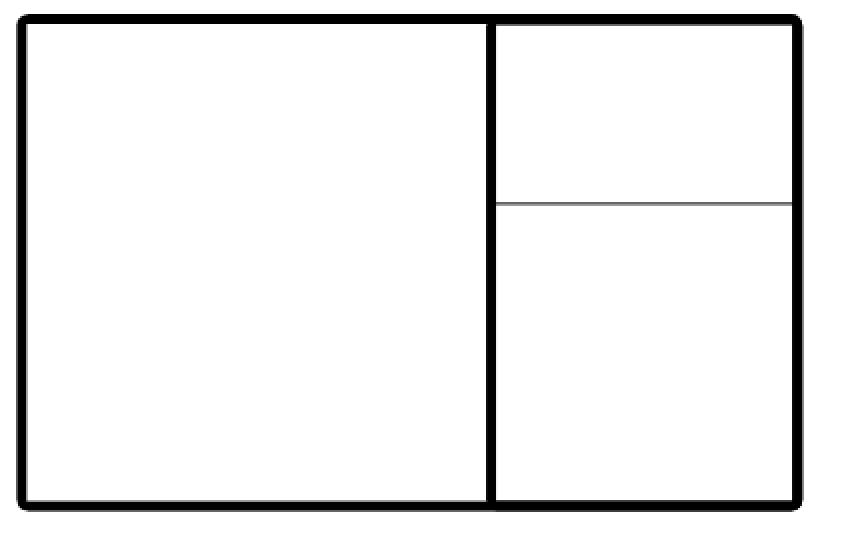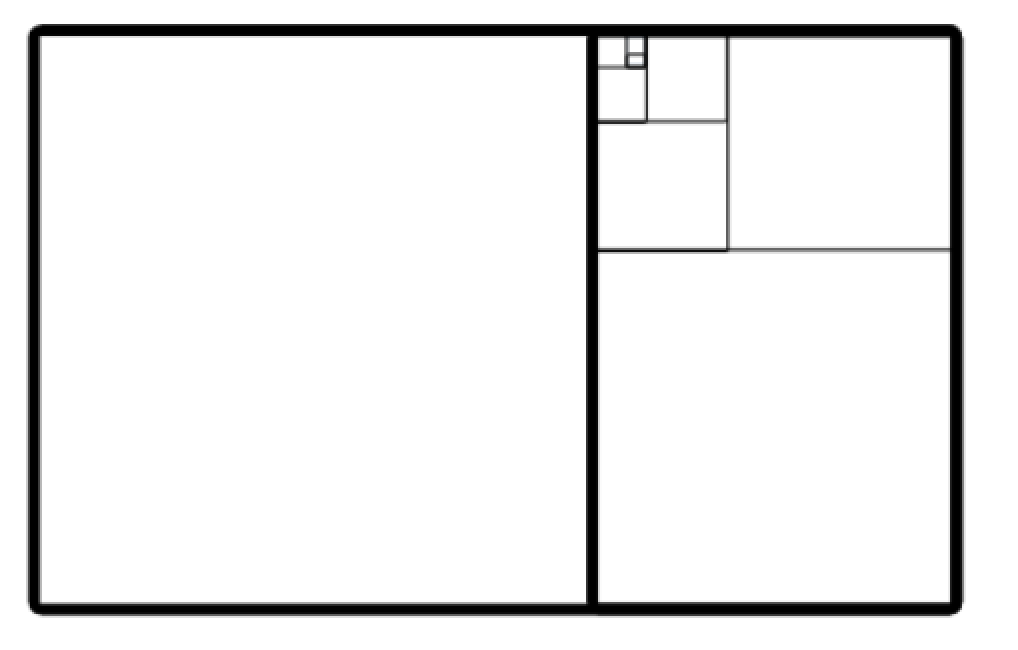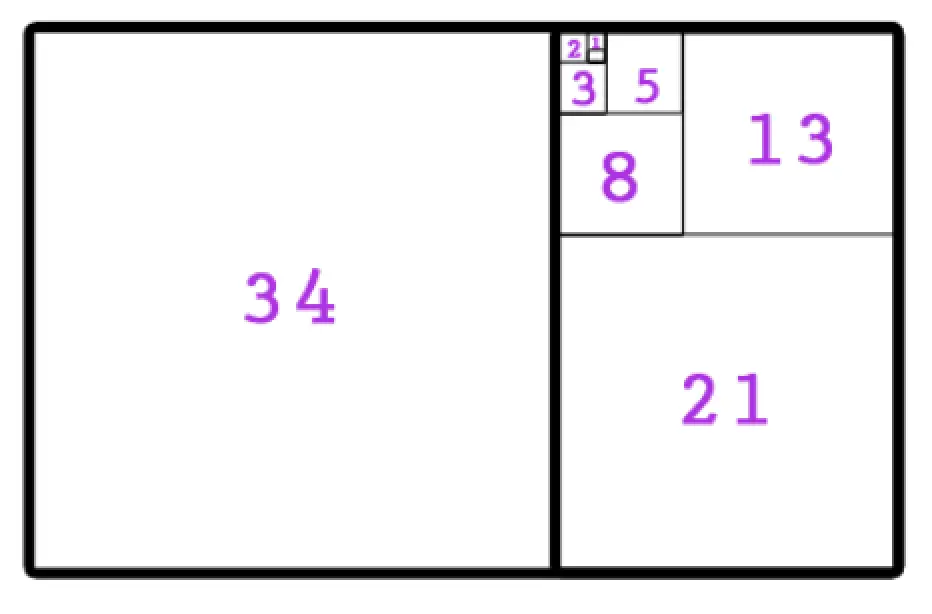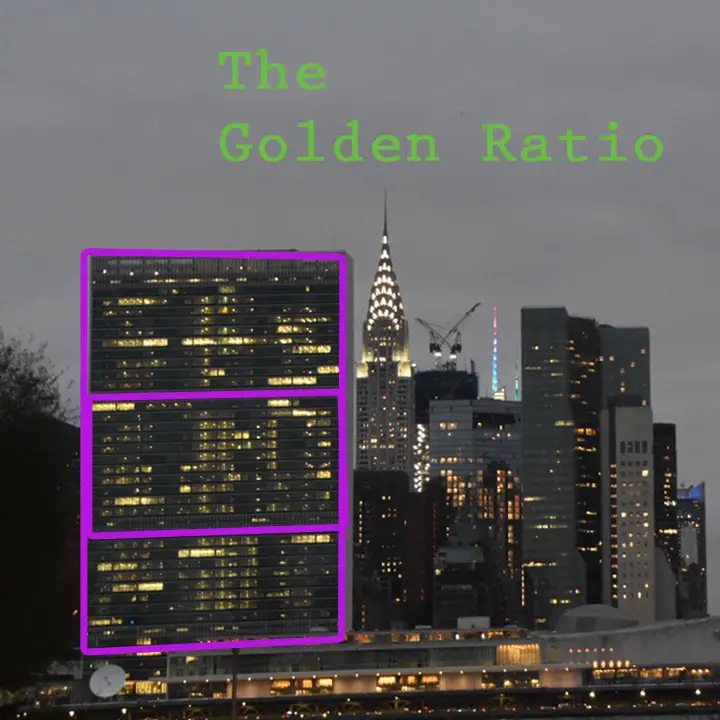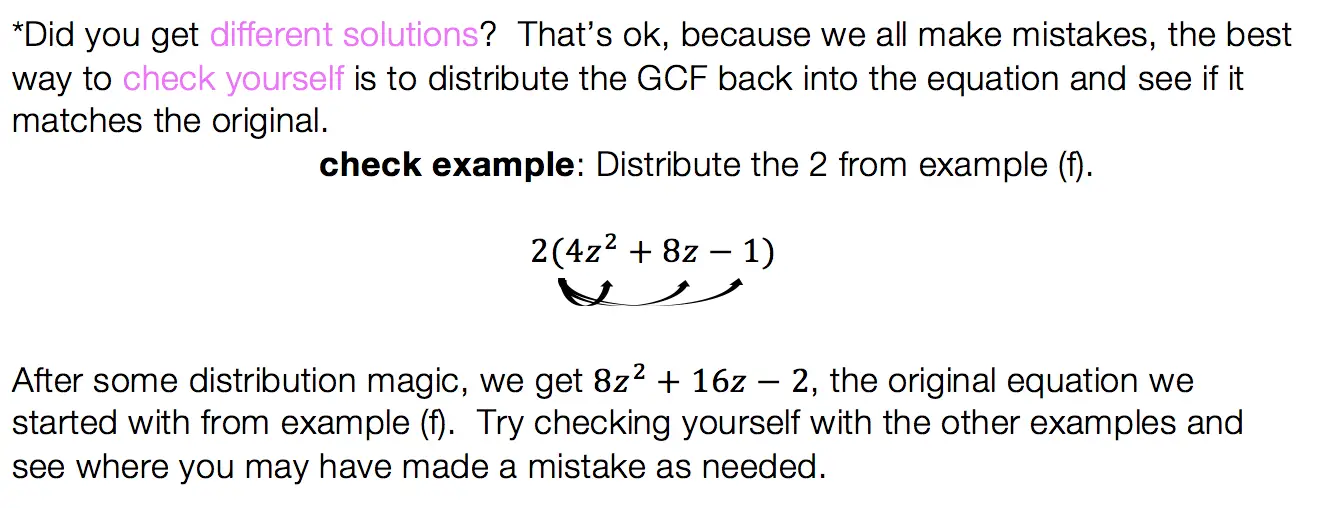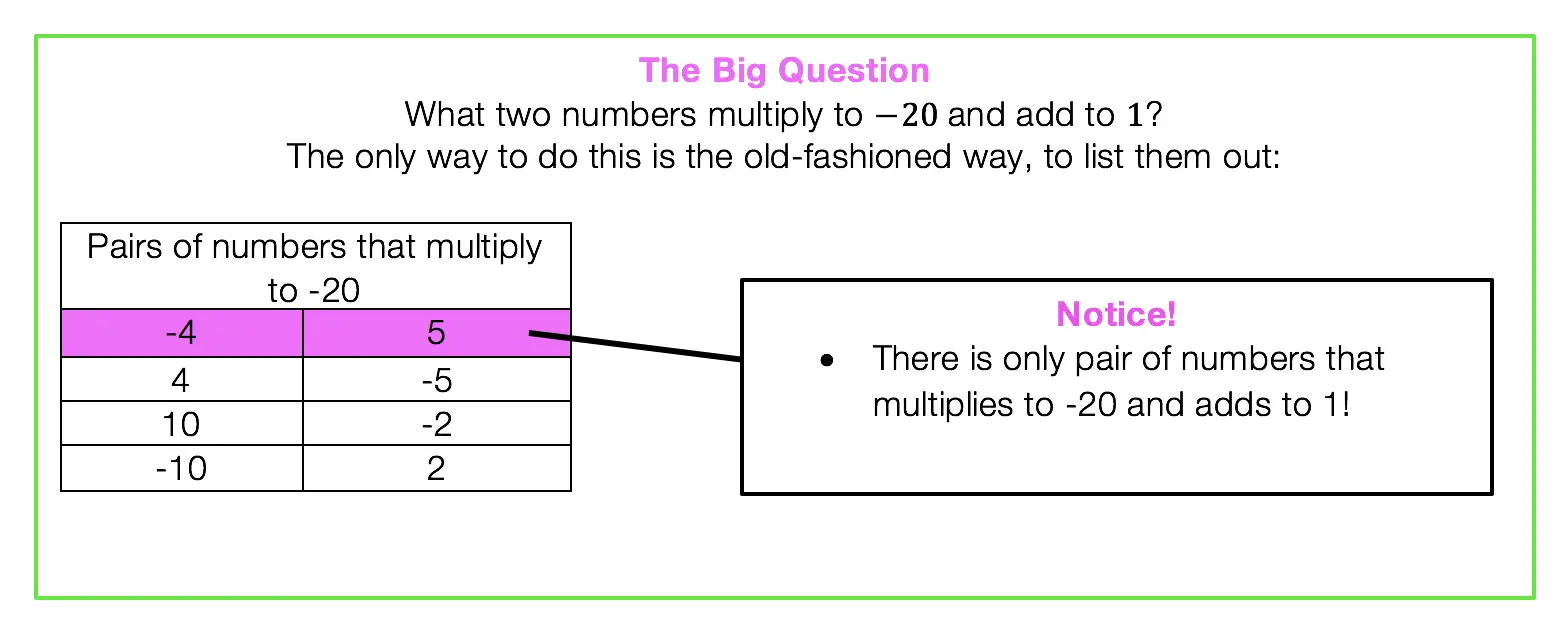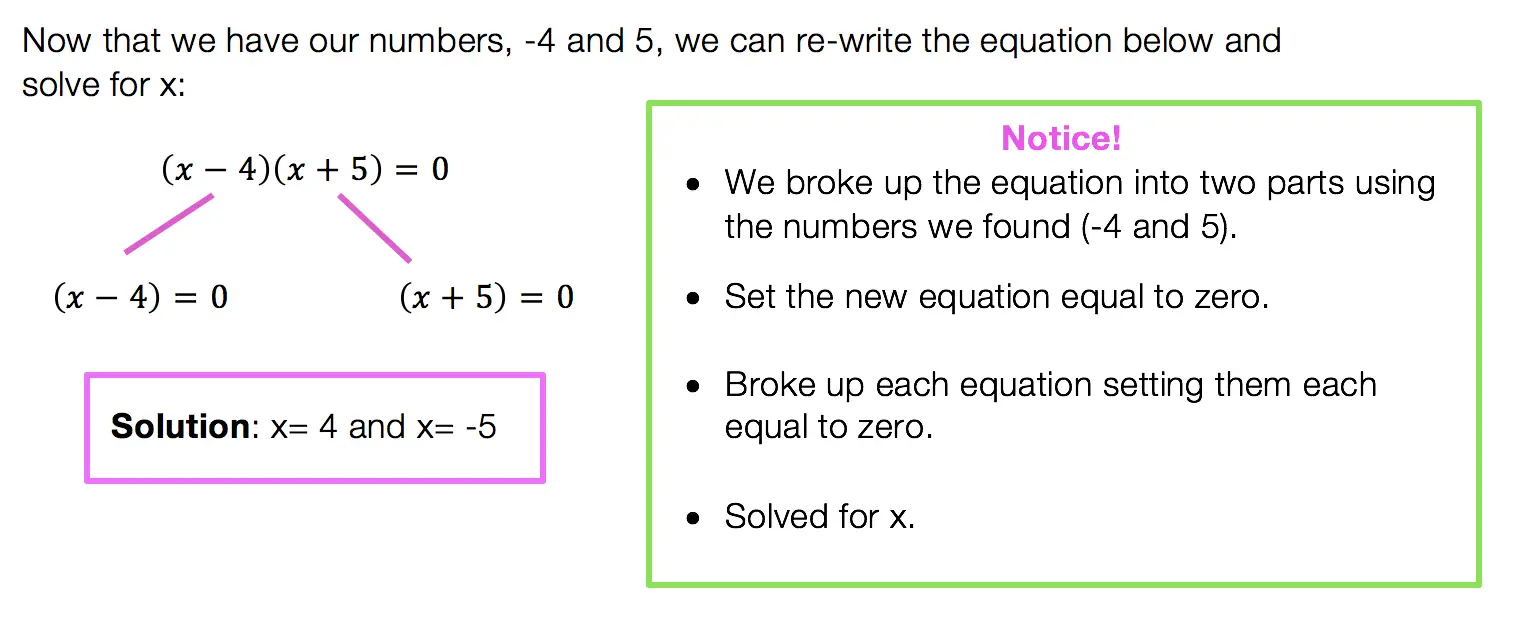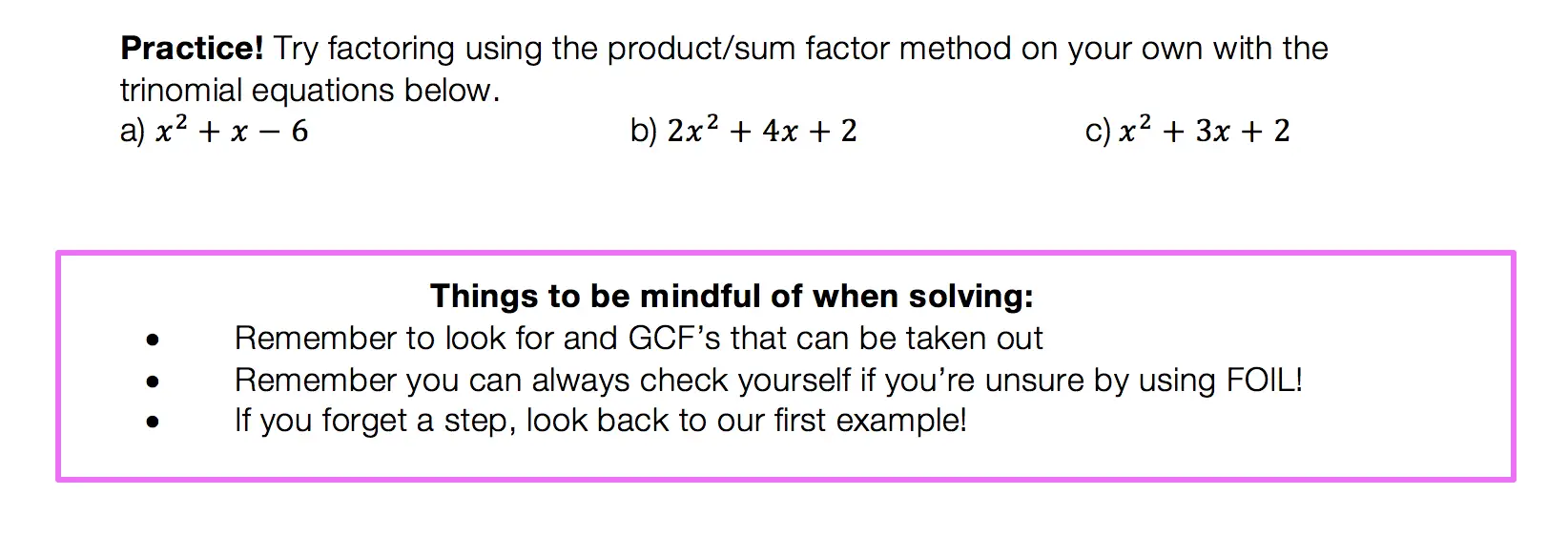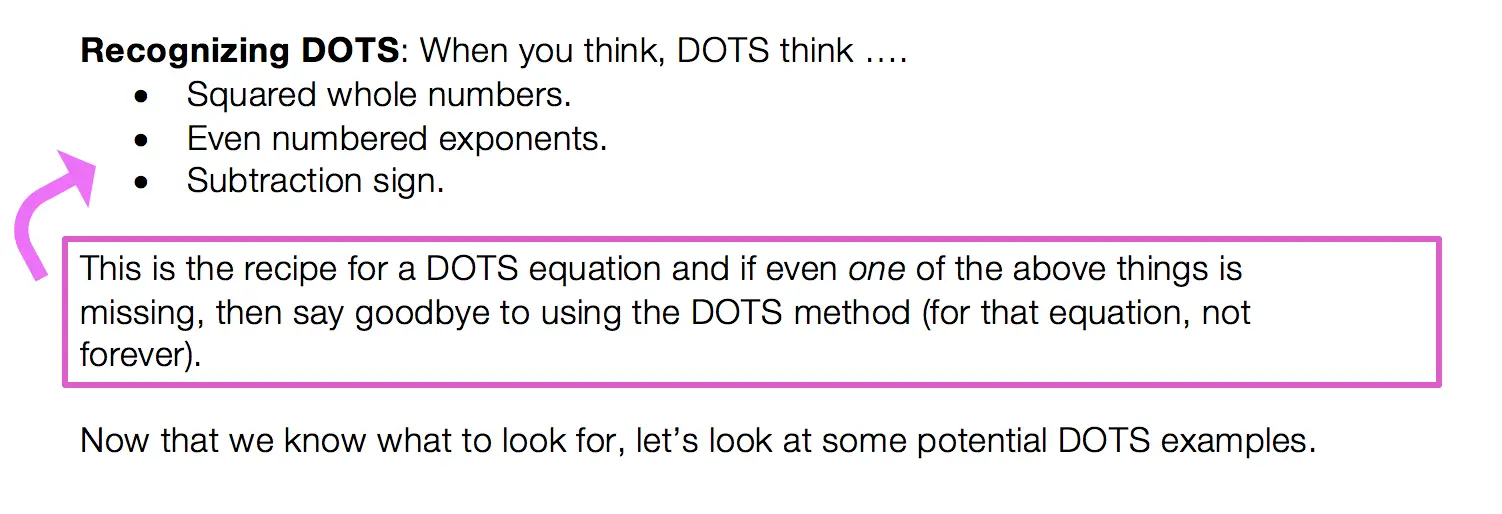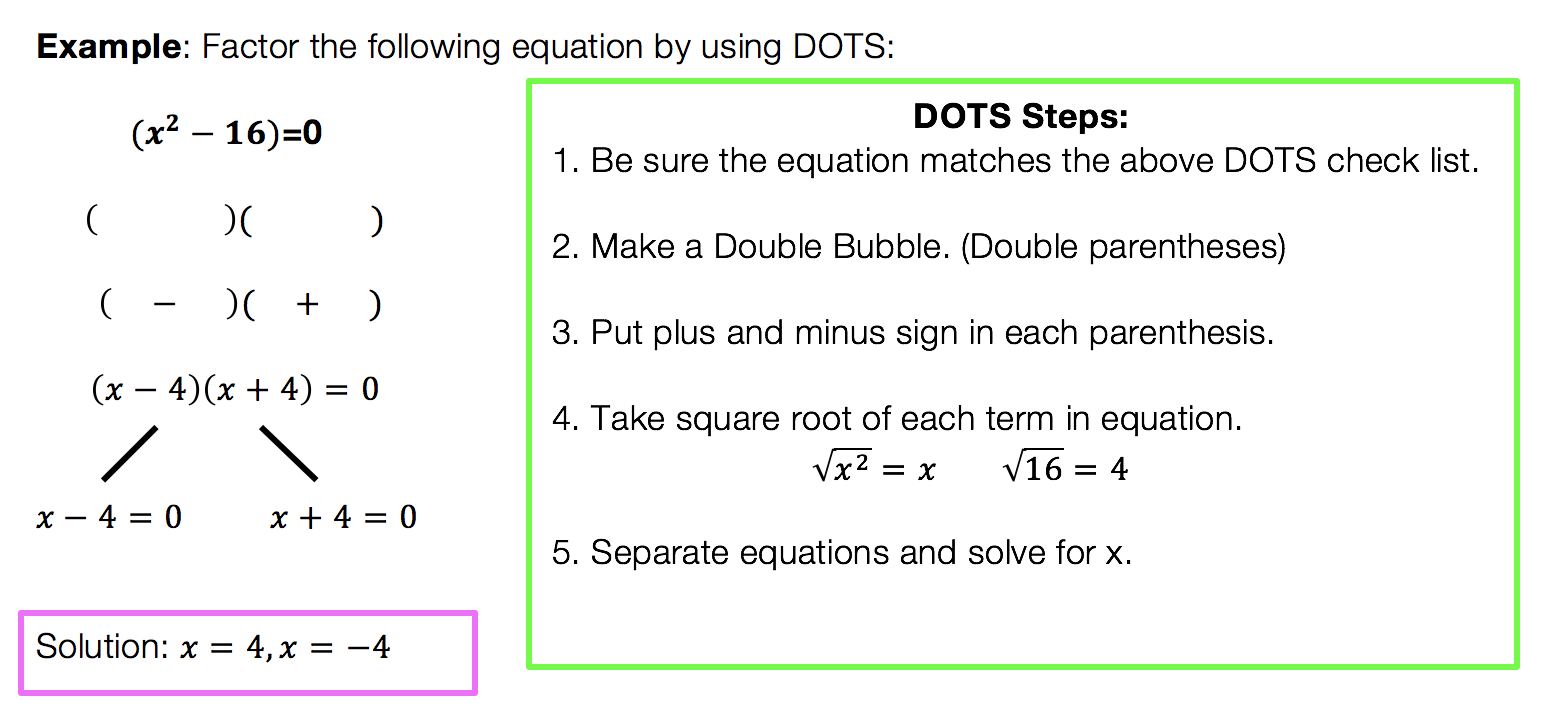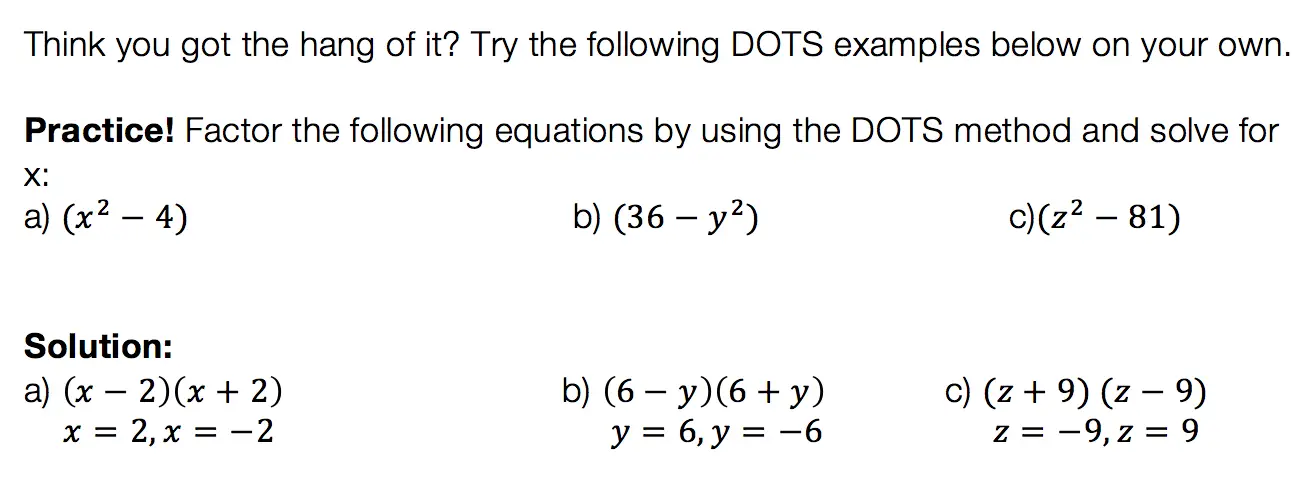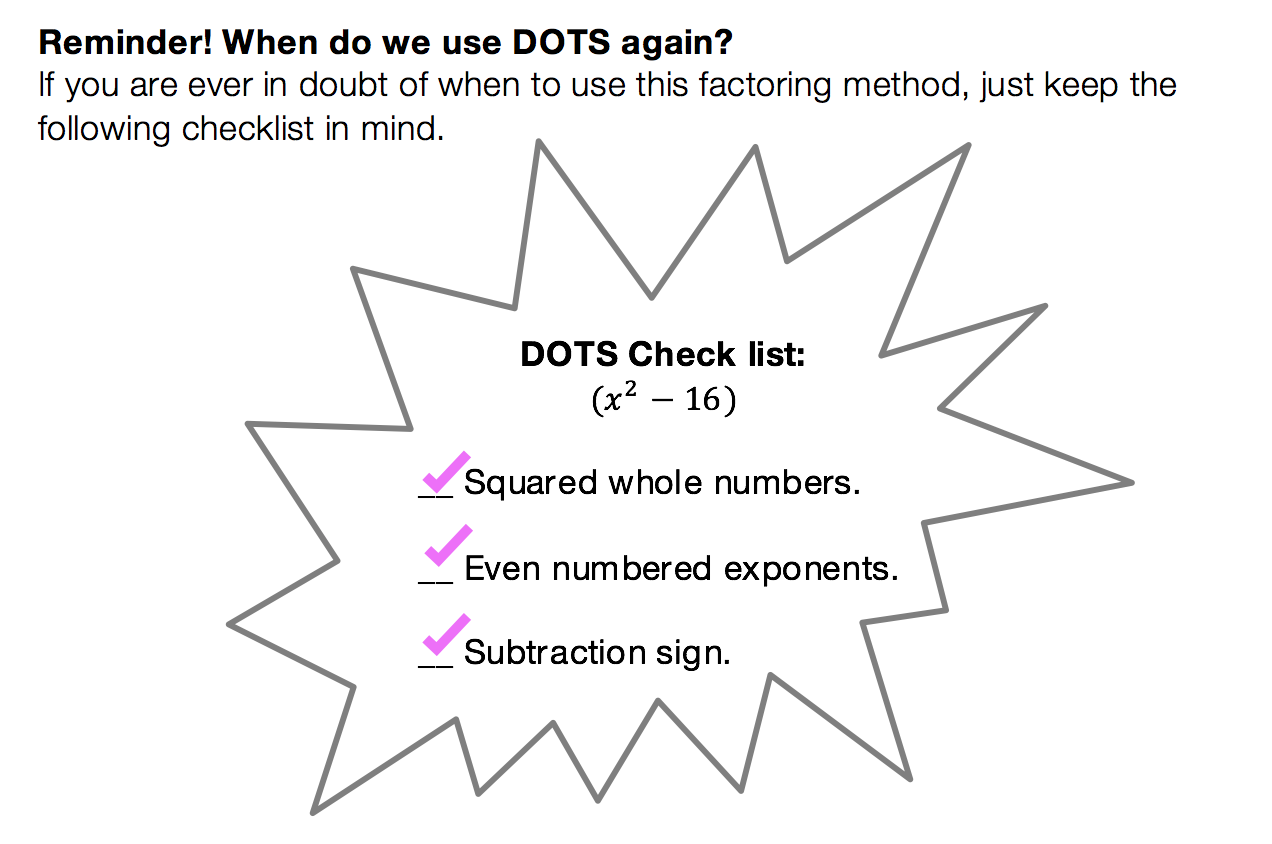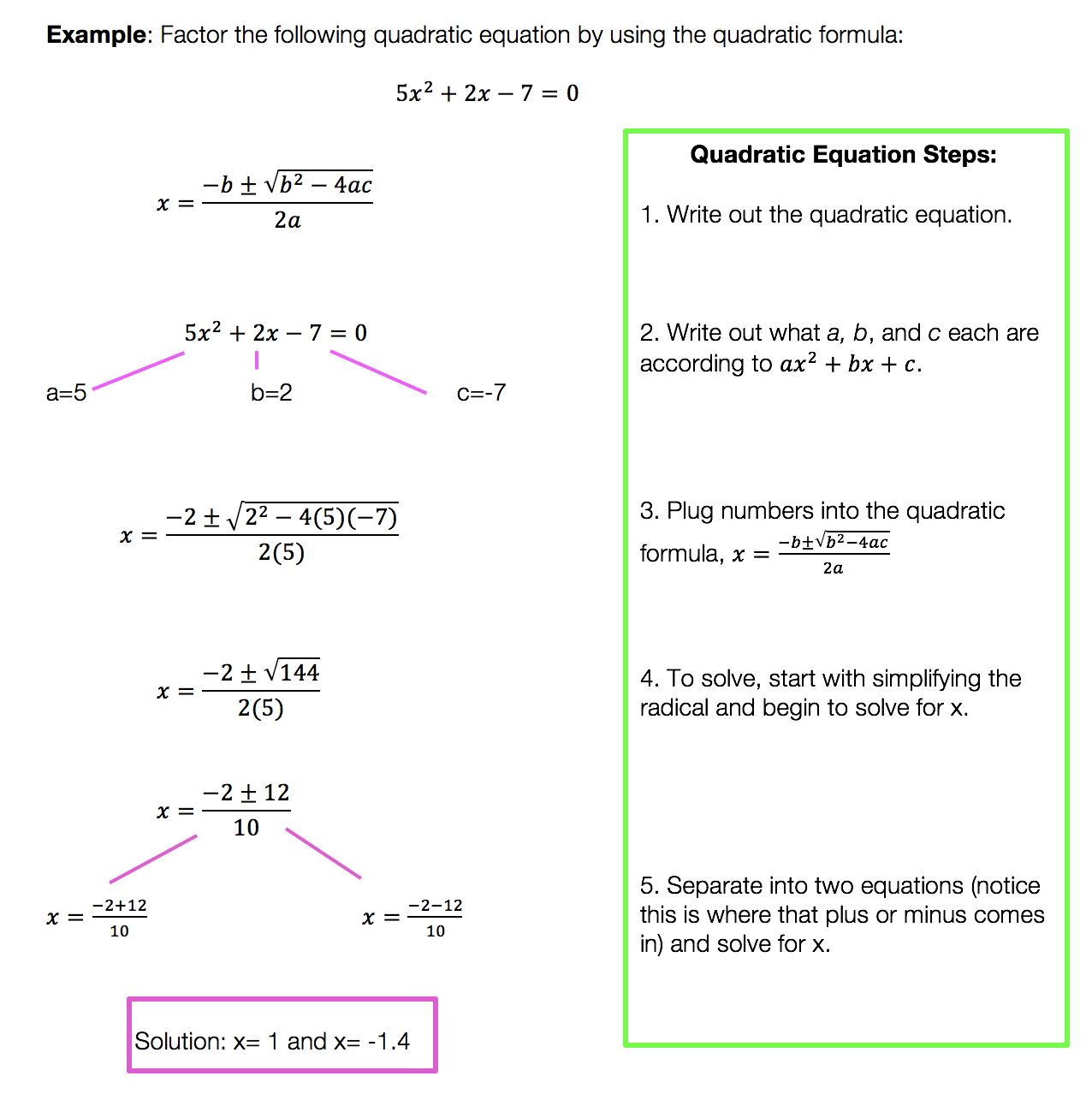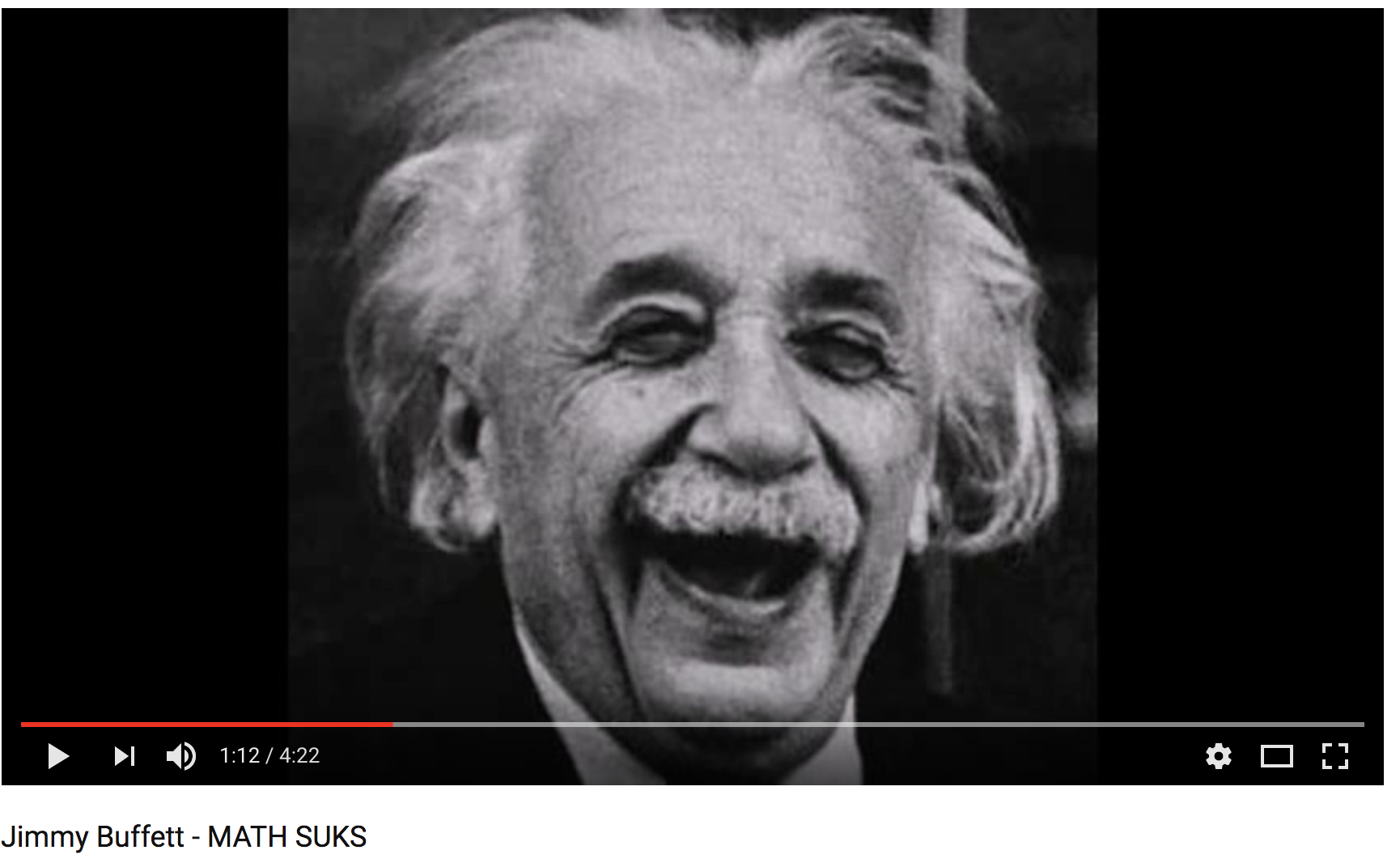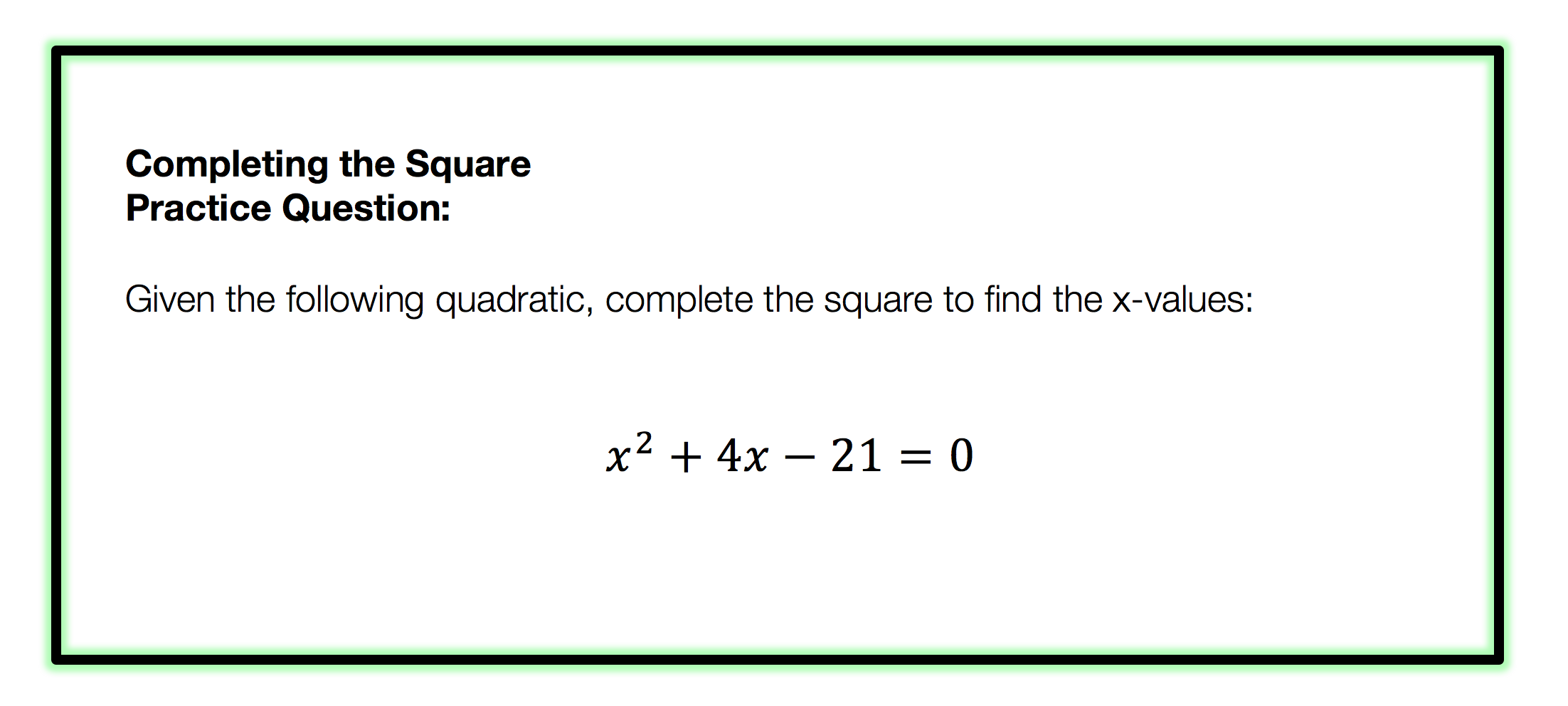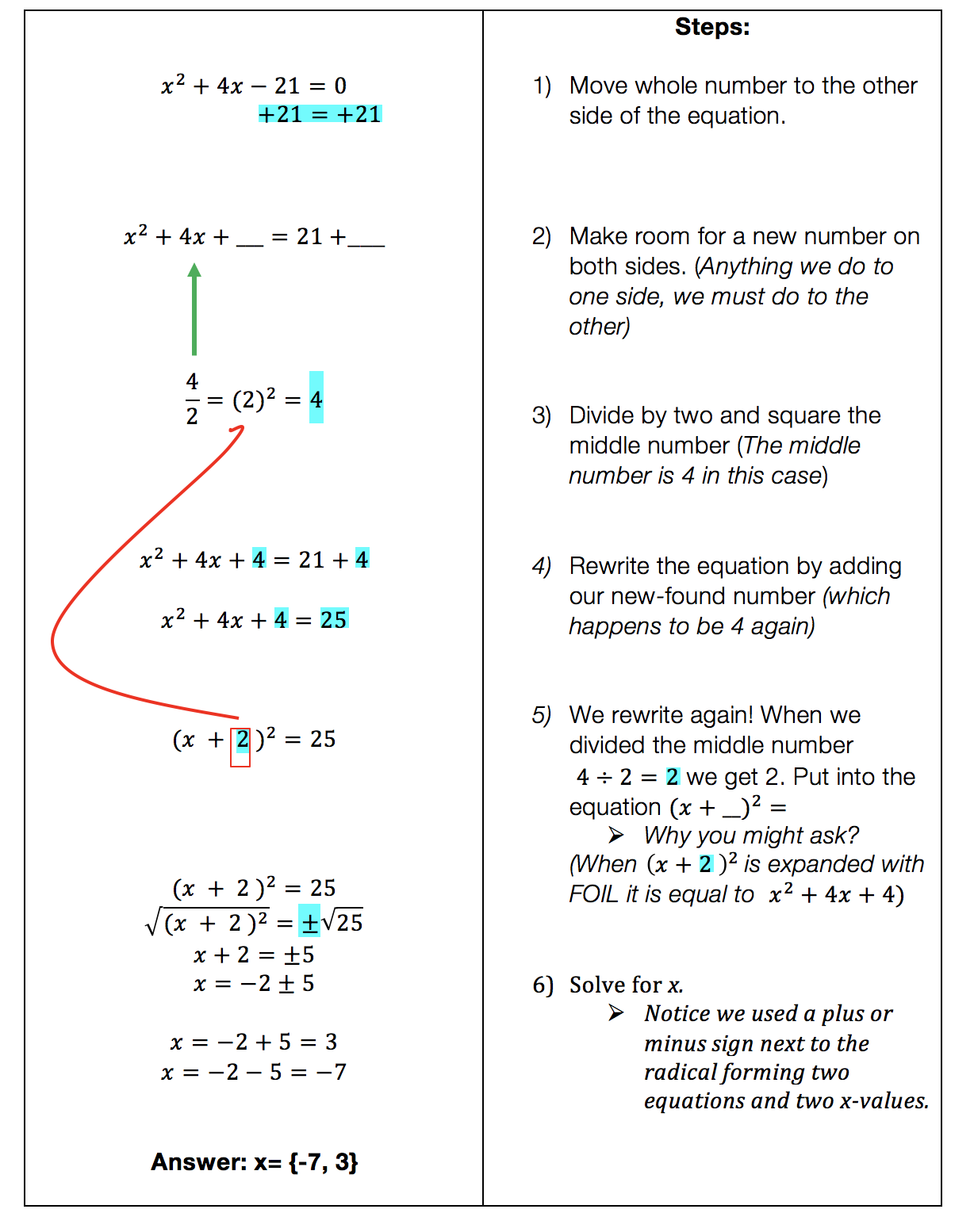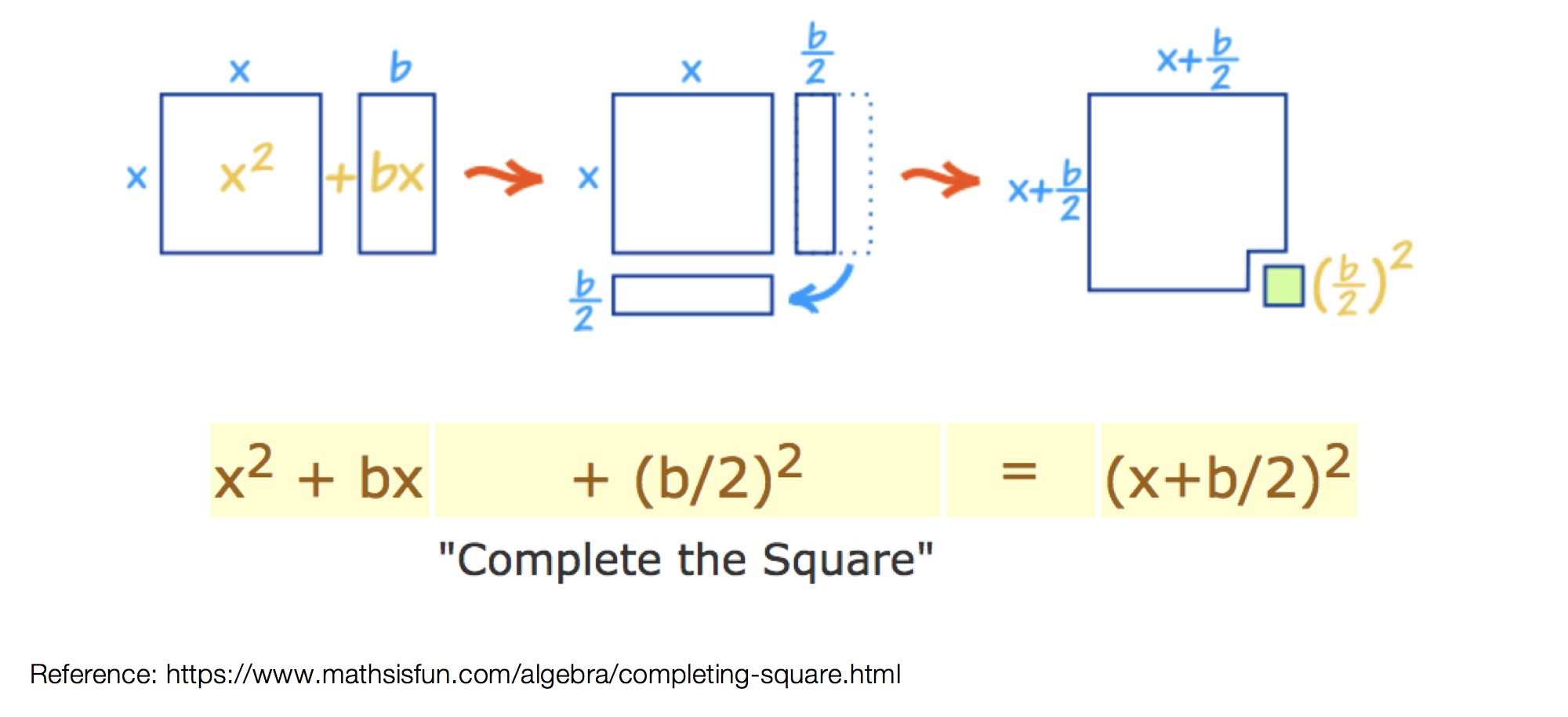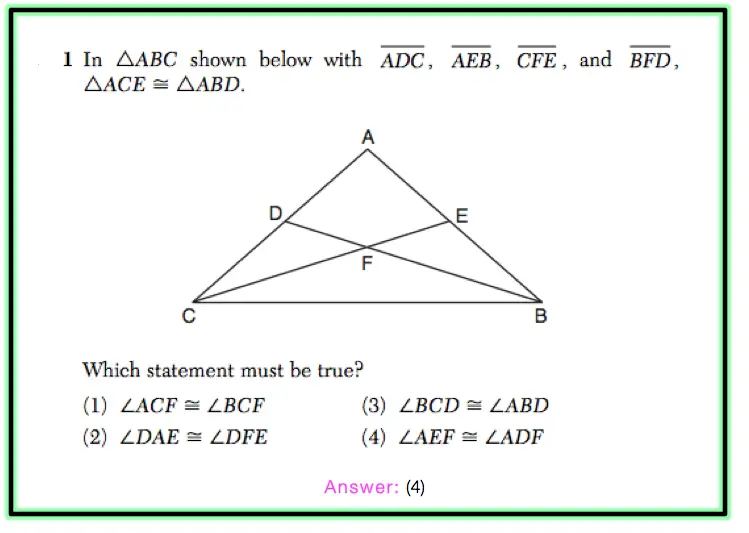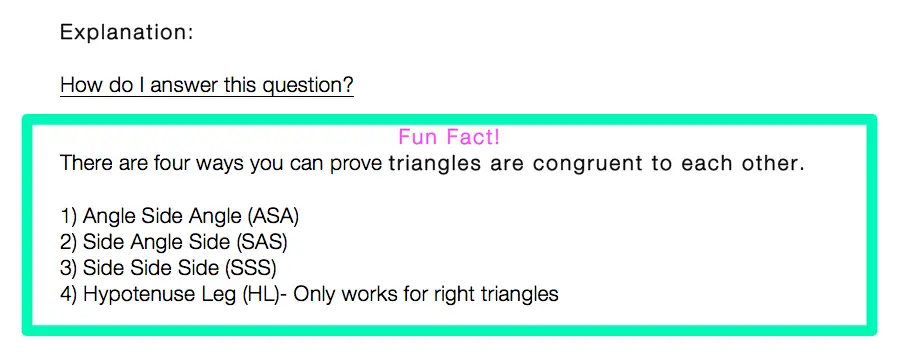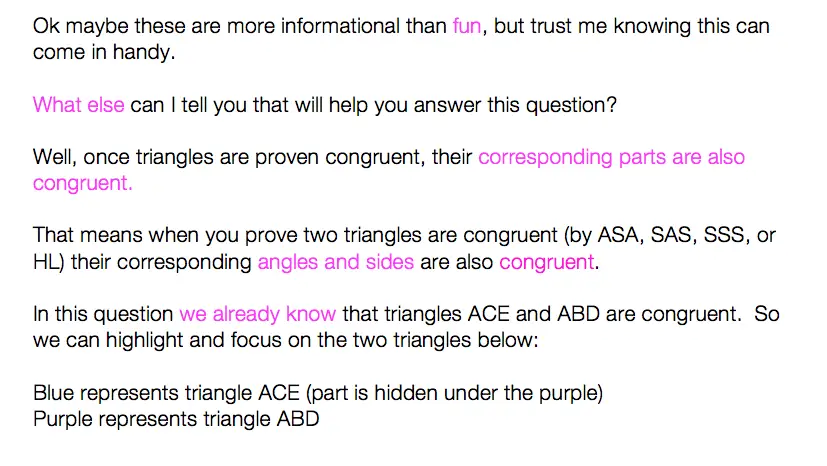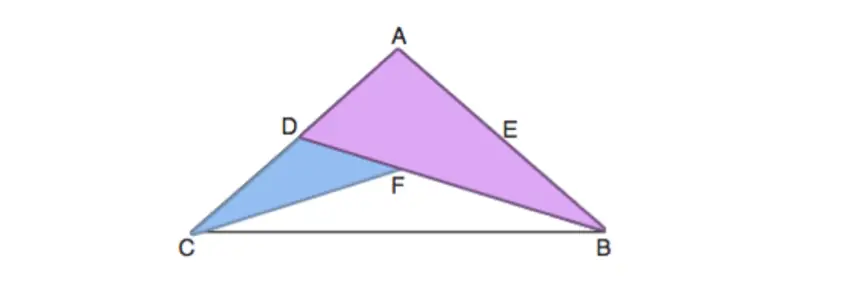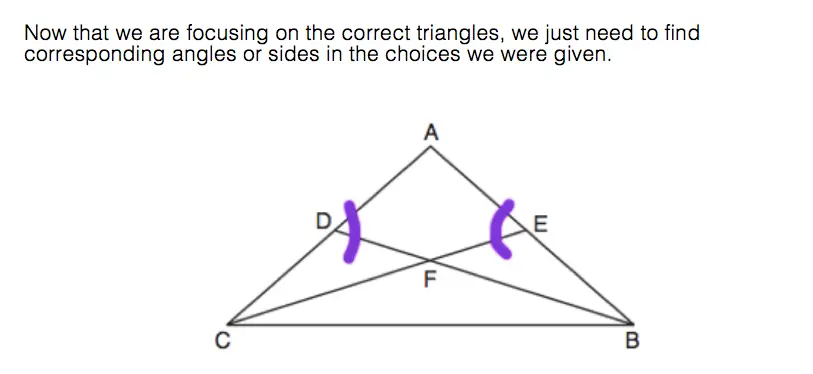Hey math friends! In this post, we are going to go over Binomial Cubic Expansion by going step by step! We’ll start by reviewing an old Regents question. Then, to truly master the topic, try the practice problems at the end of this post on your own! And, if you still have questions, don’t hesitate to watch the video or comment below. Thanks for stopping by and happy calculating! 🙂
Also, if you’re looking for more on Binomial Cubic Expansion, check out this post here!
What are Cubed Binomials?
Binomials are two-termed expressions, and now we are cubing them with a triple exponent! See how to tackle these types of problems with the example below:
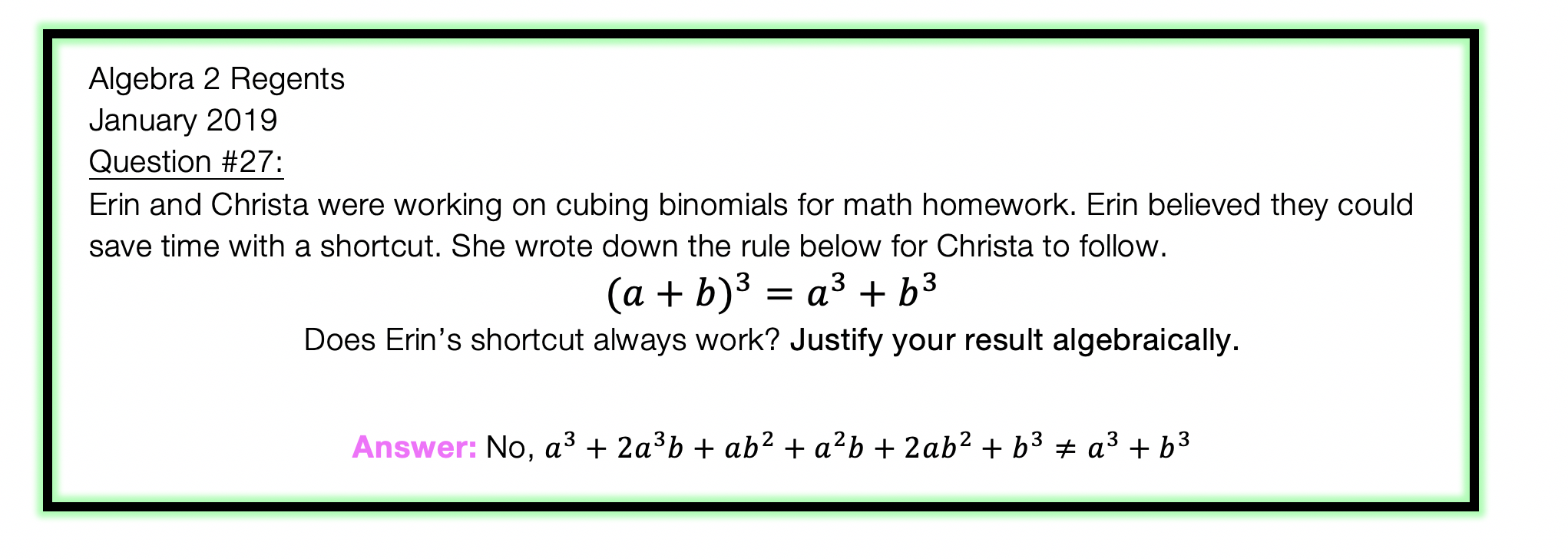
How do I answer this question?
We need to do an algebraic proof to see if (a+b)3=a3+b3.
How do we do this?
We set each expression equal to one another, and try to get one side to look like the other by using FOIL and distributing. In this case, we will be expanding (a+b)3 to equal (a+b)(a+b)(a+b).
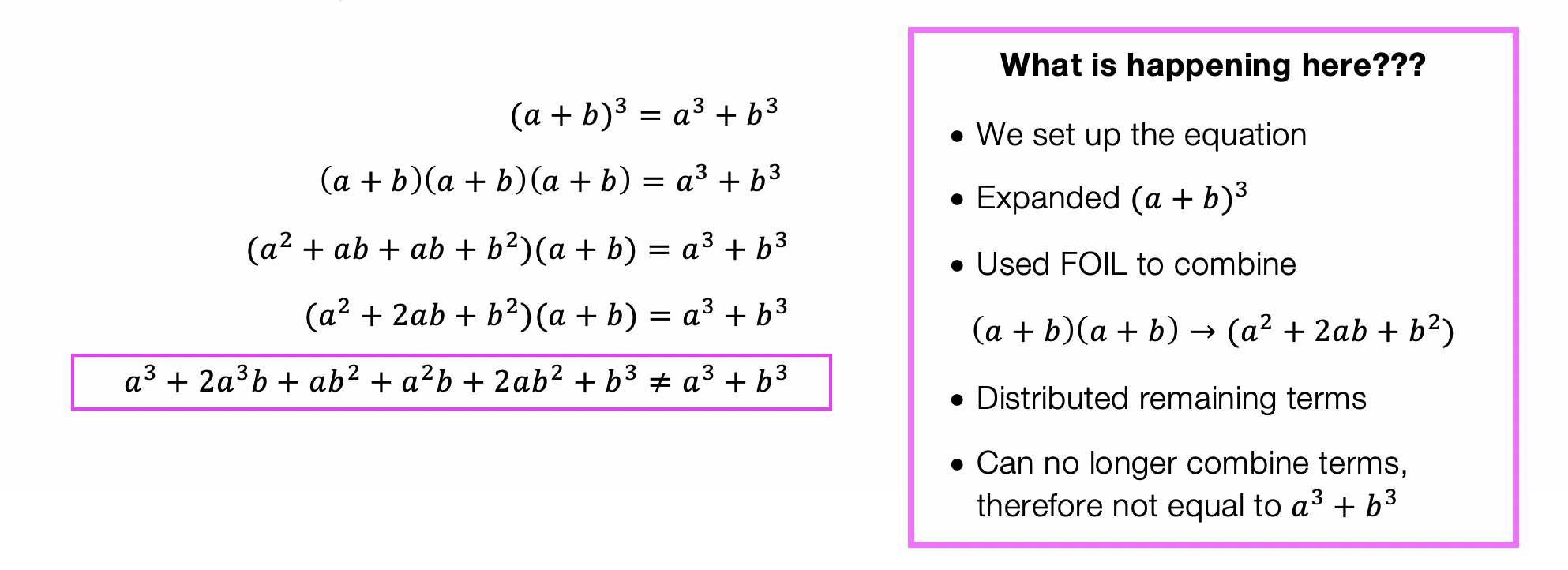

Extra Tip! Notice that we used something called FOIL to combine (a+b)(a+b). But what does that even mean? FOIL is an acronym for multiplying the two terms together. It’s a way to remember to distribute each term to one another. Take a look below:


Add and combine all like terms together and we get ![]() !
!
_______________________________________________________________________
Keep in touch with MathSux and get FREE math videos, lessons, and practice questions straight to your inbox! Thanks for stopping by and happy calculating! 🙂
Facebook ~ Twitter ~ TikTok ~ Youtube

